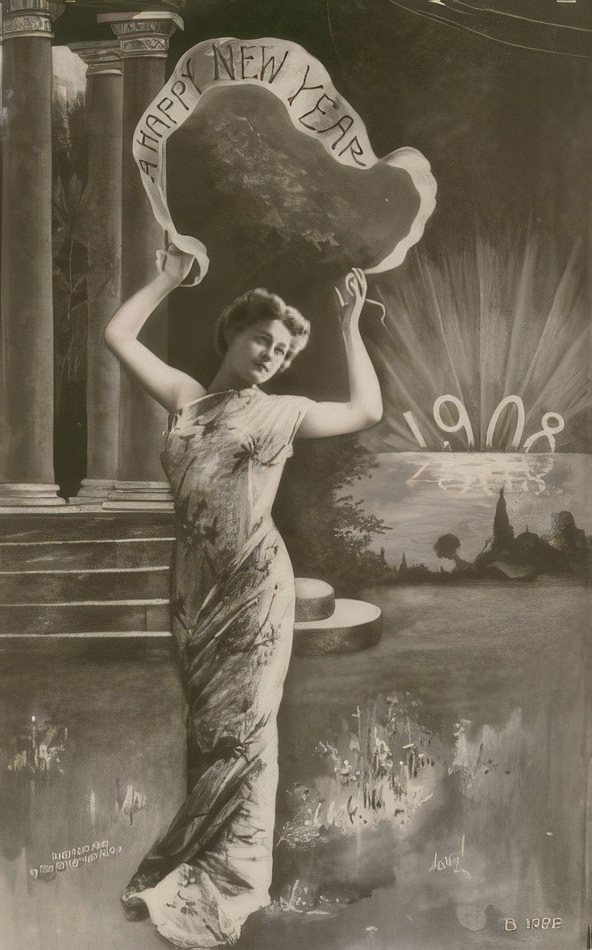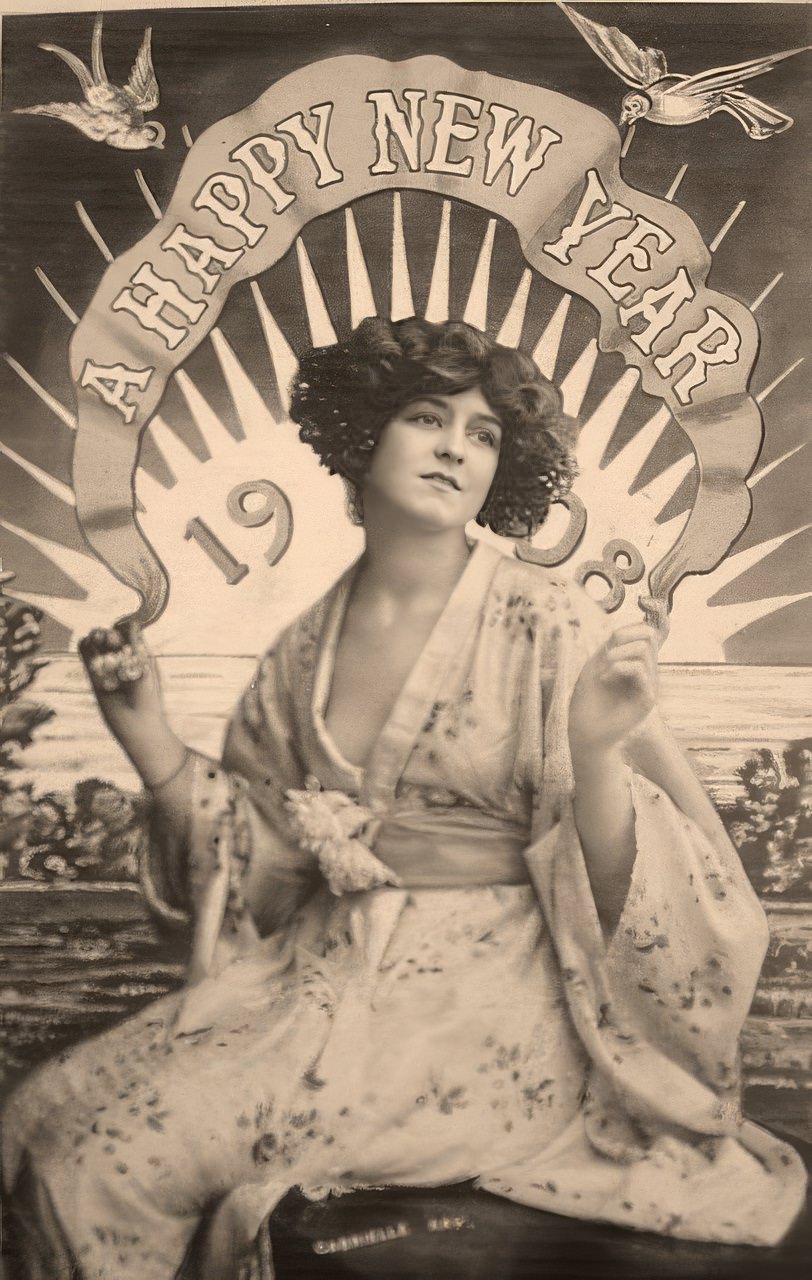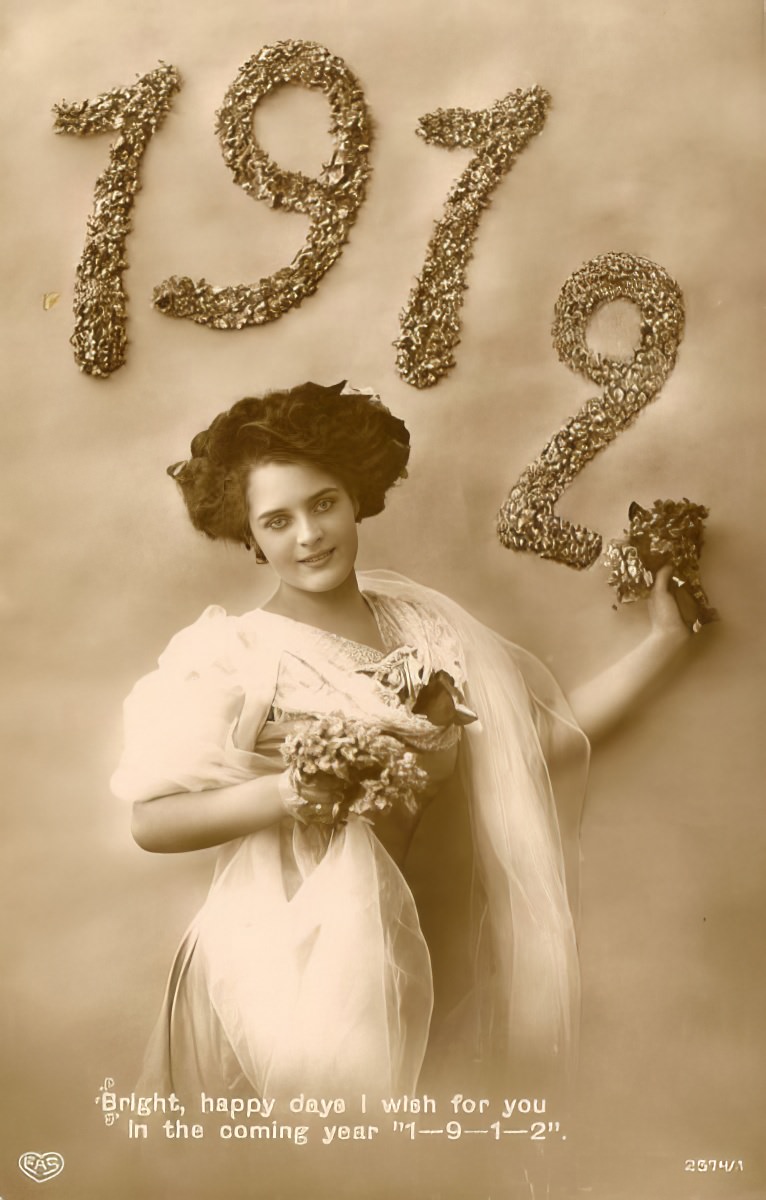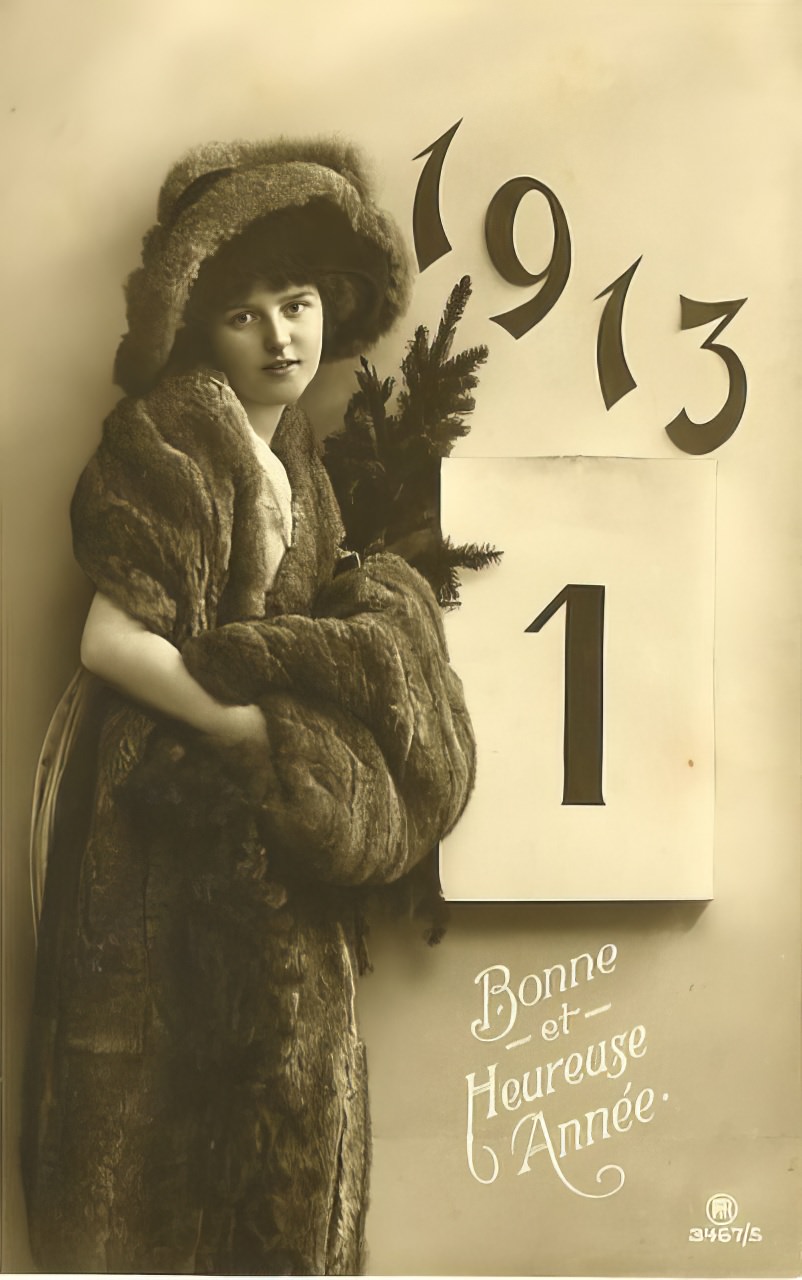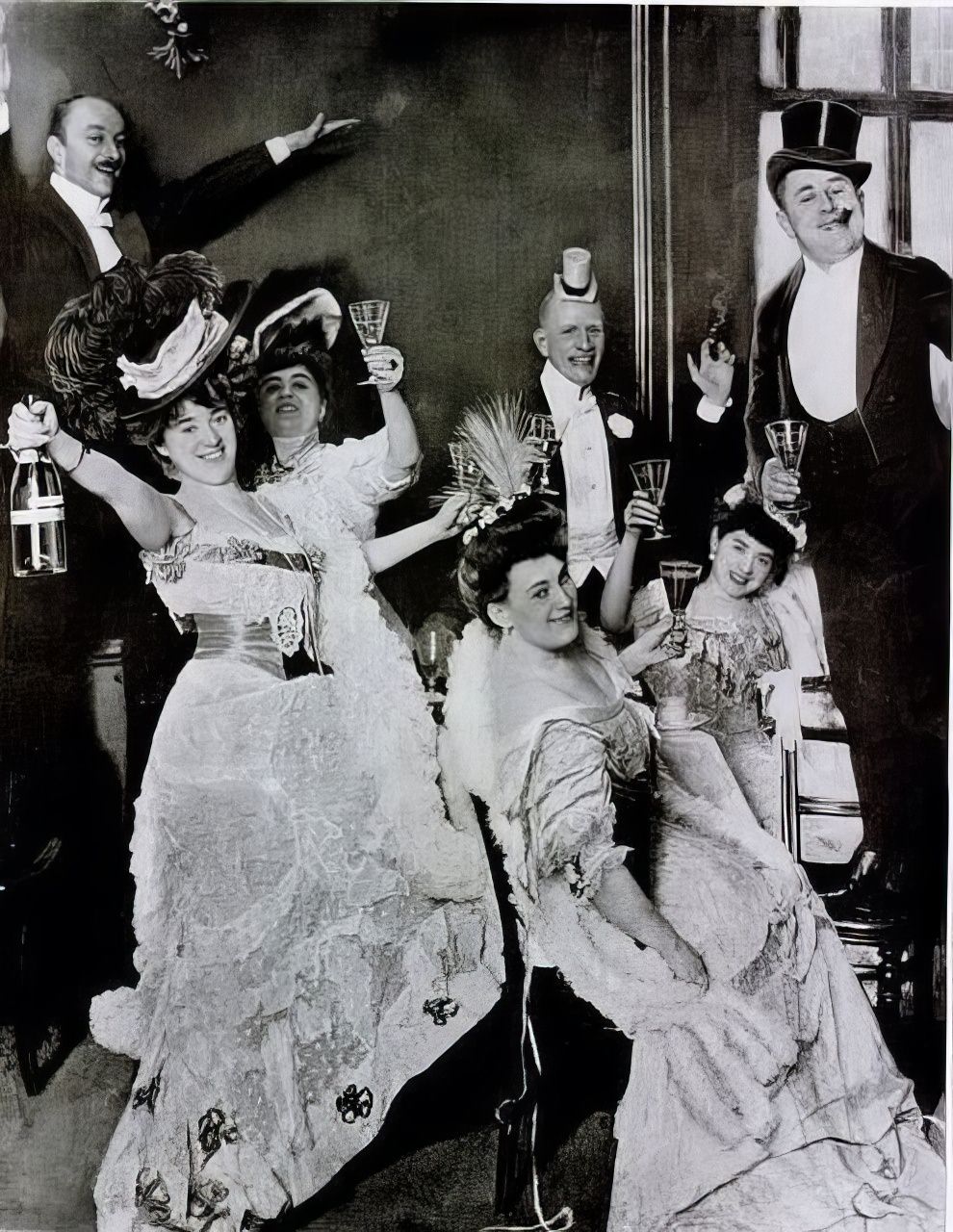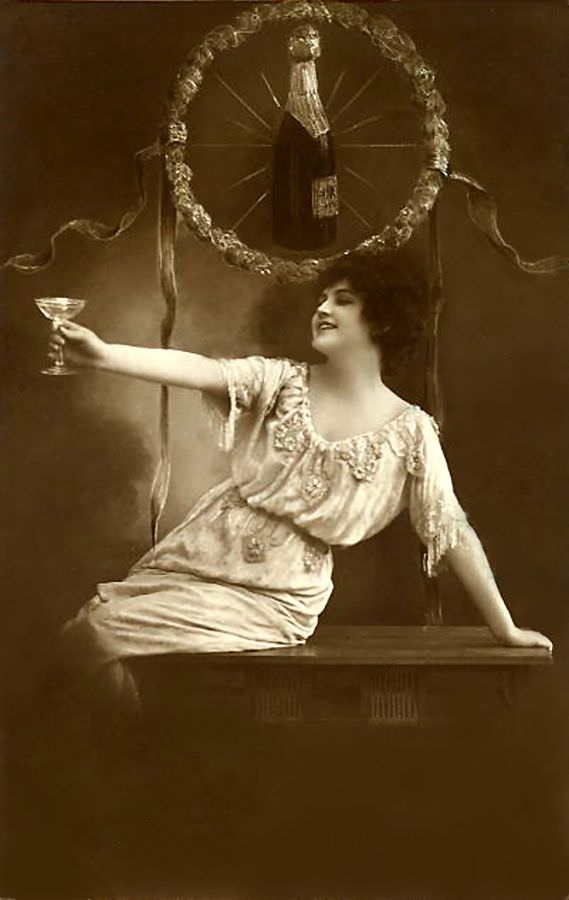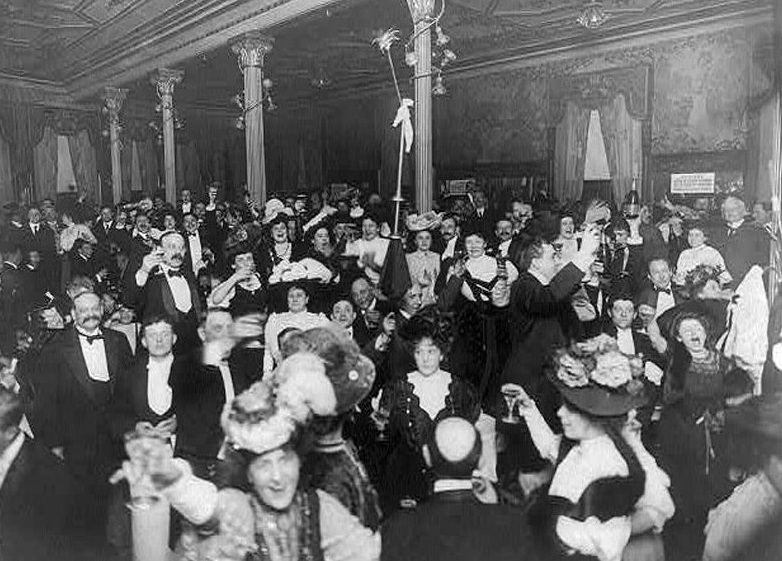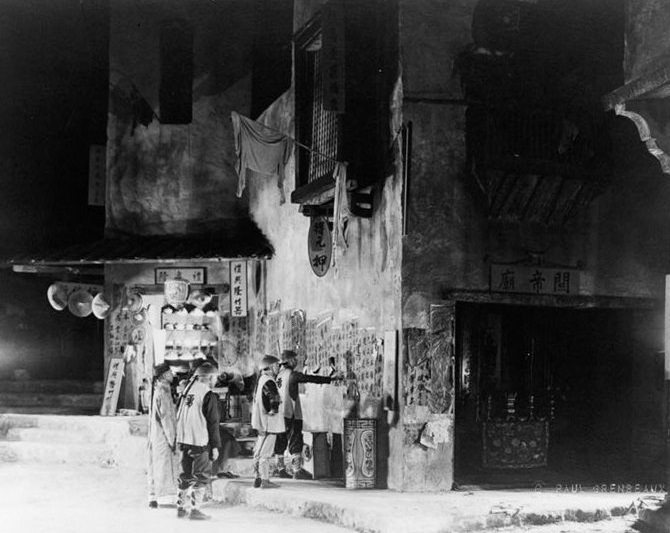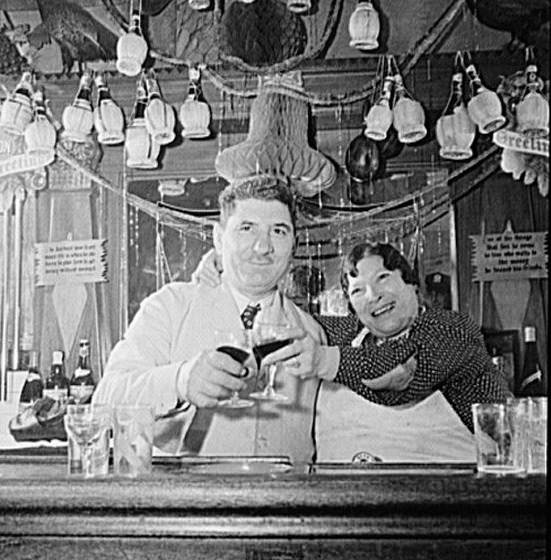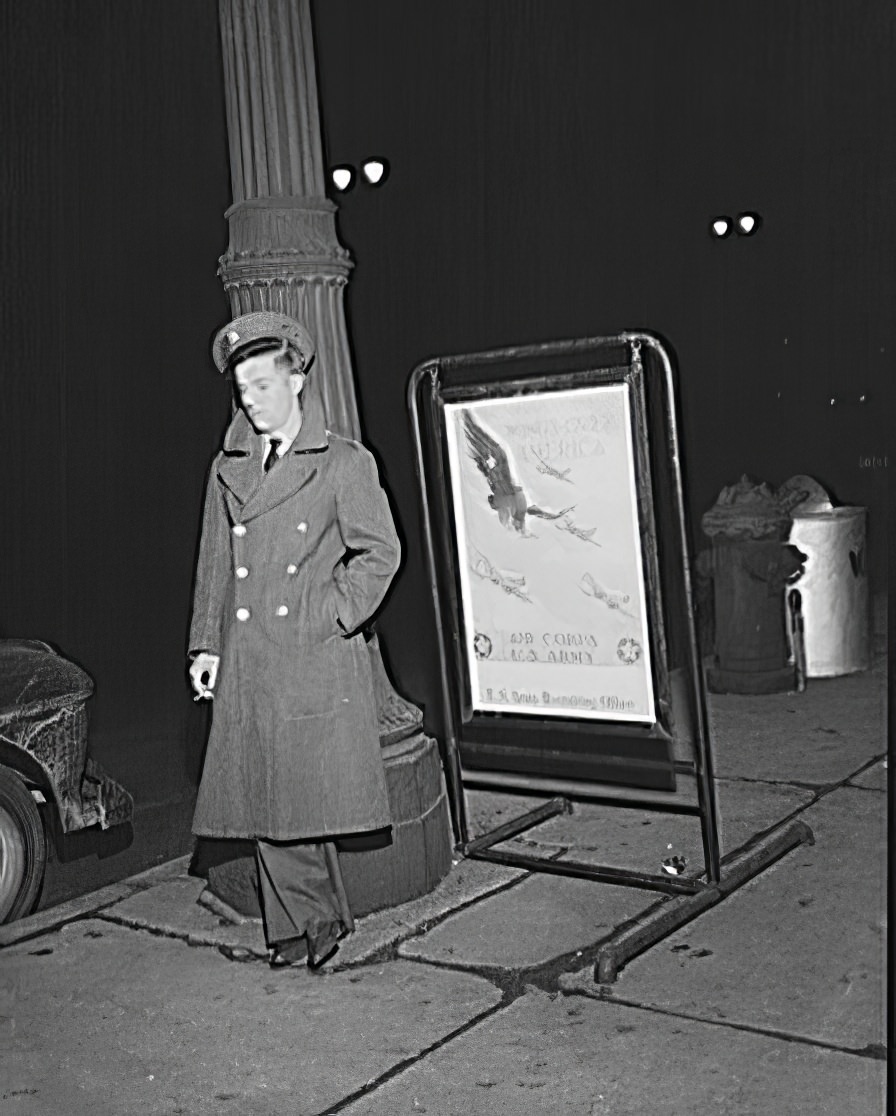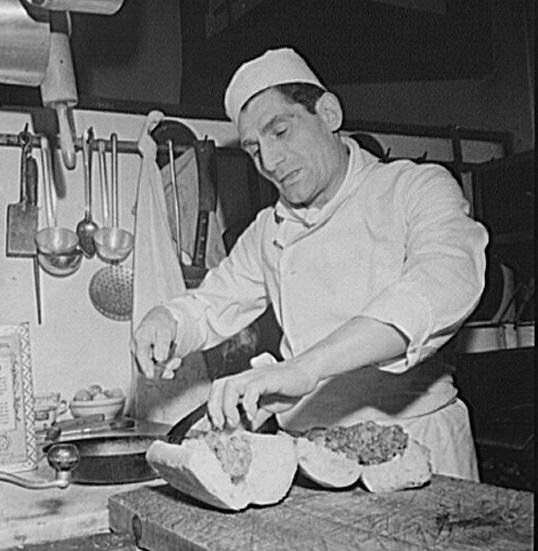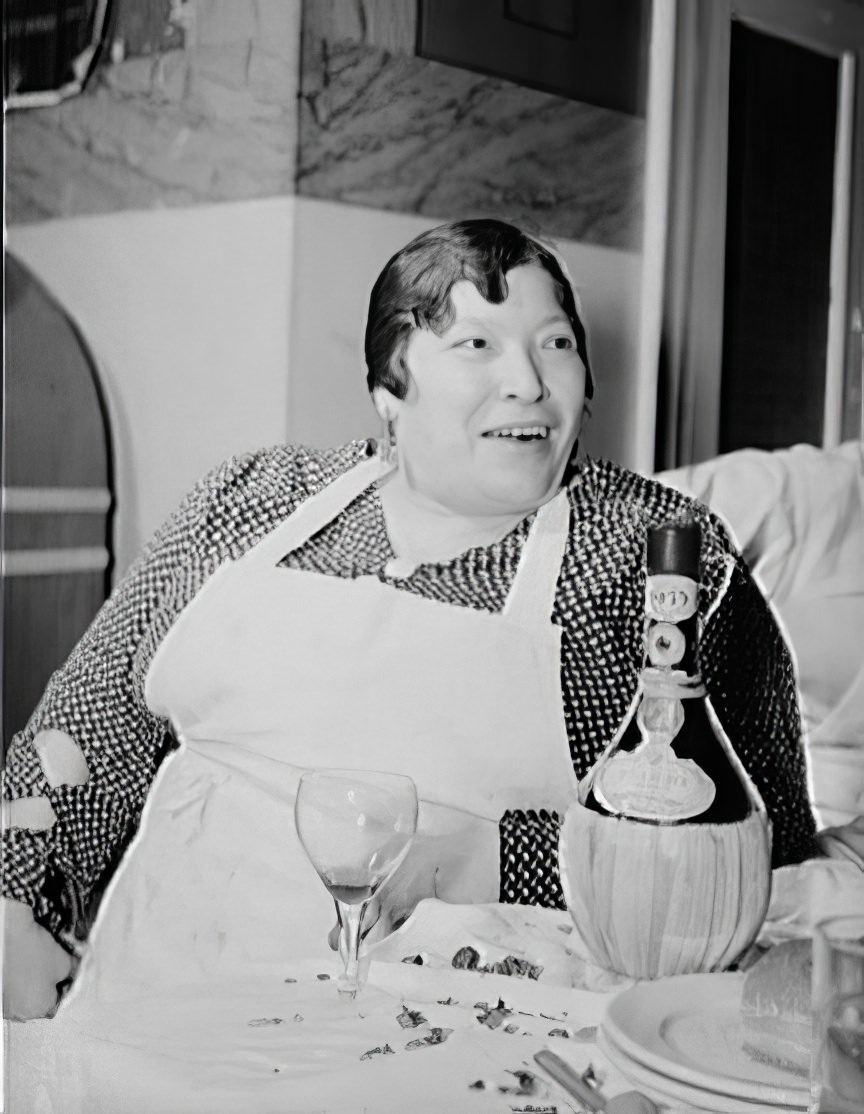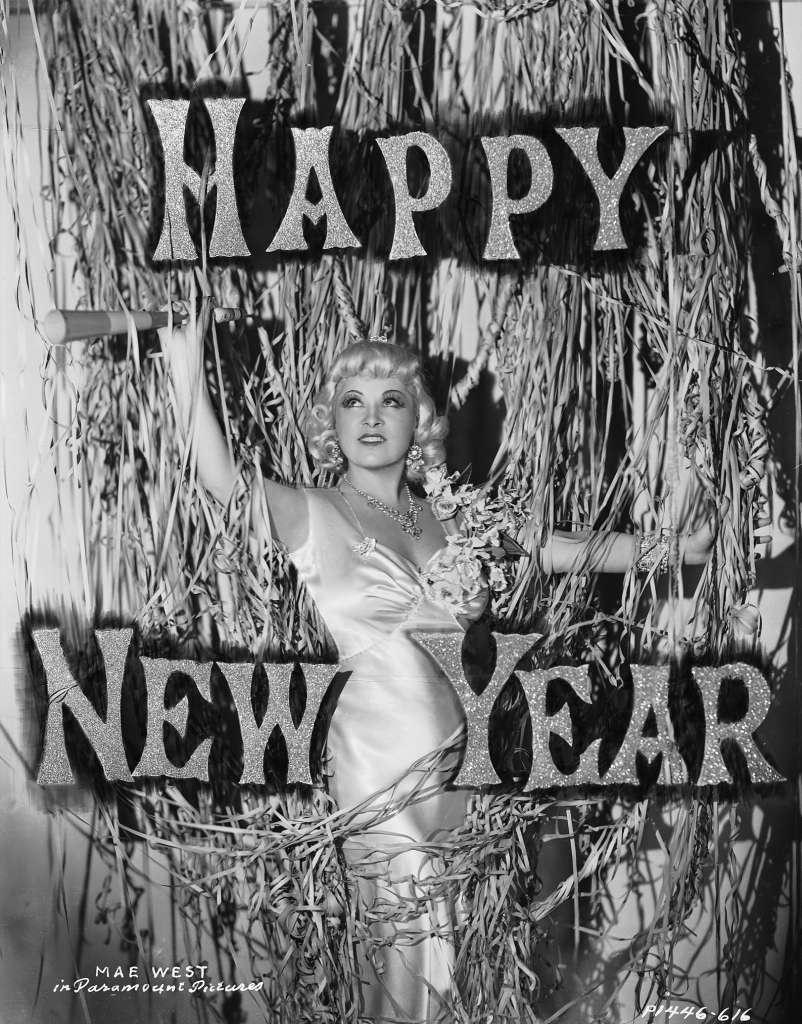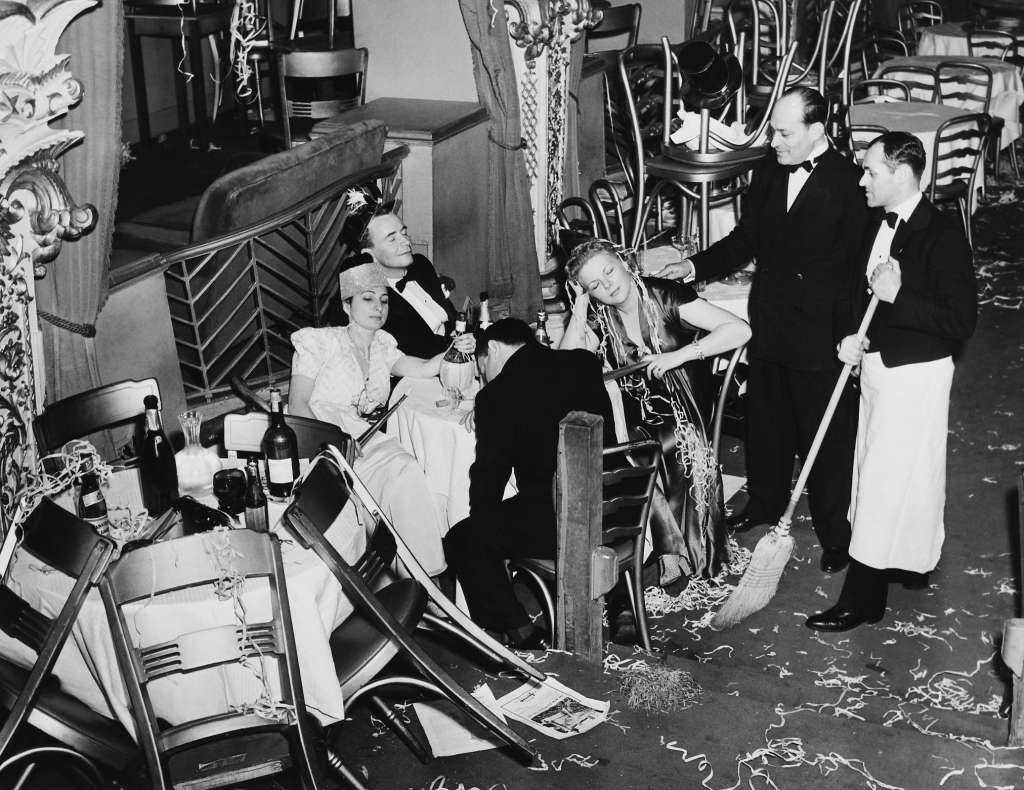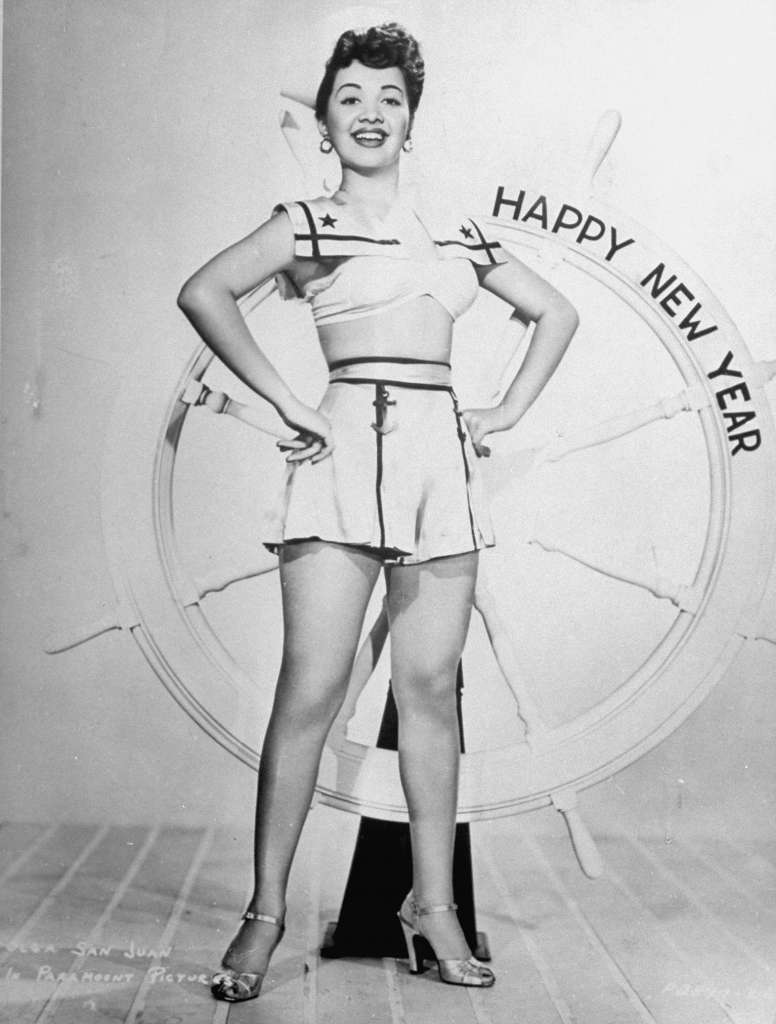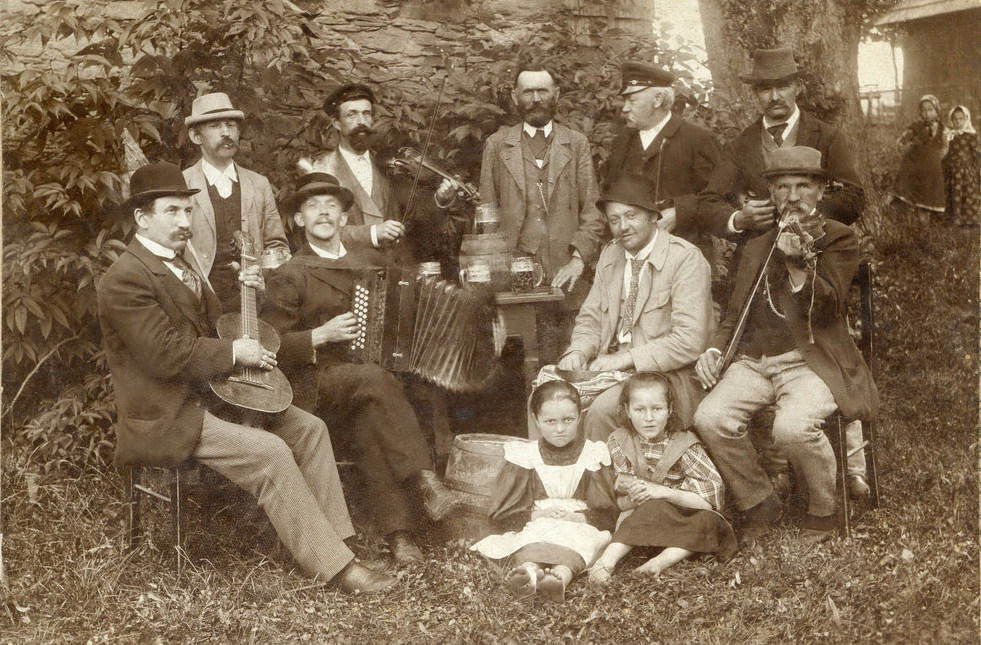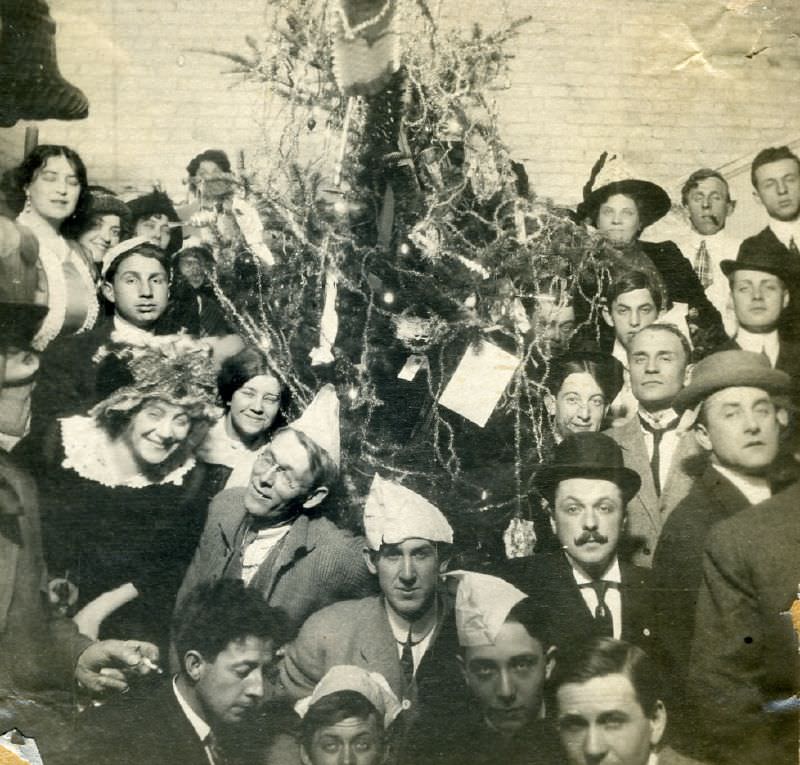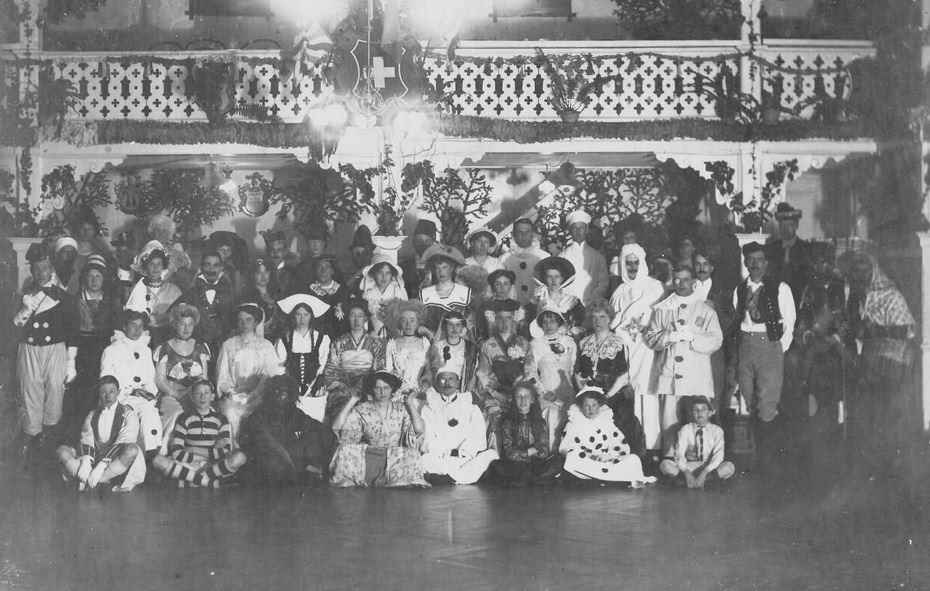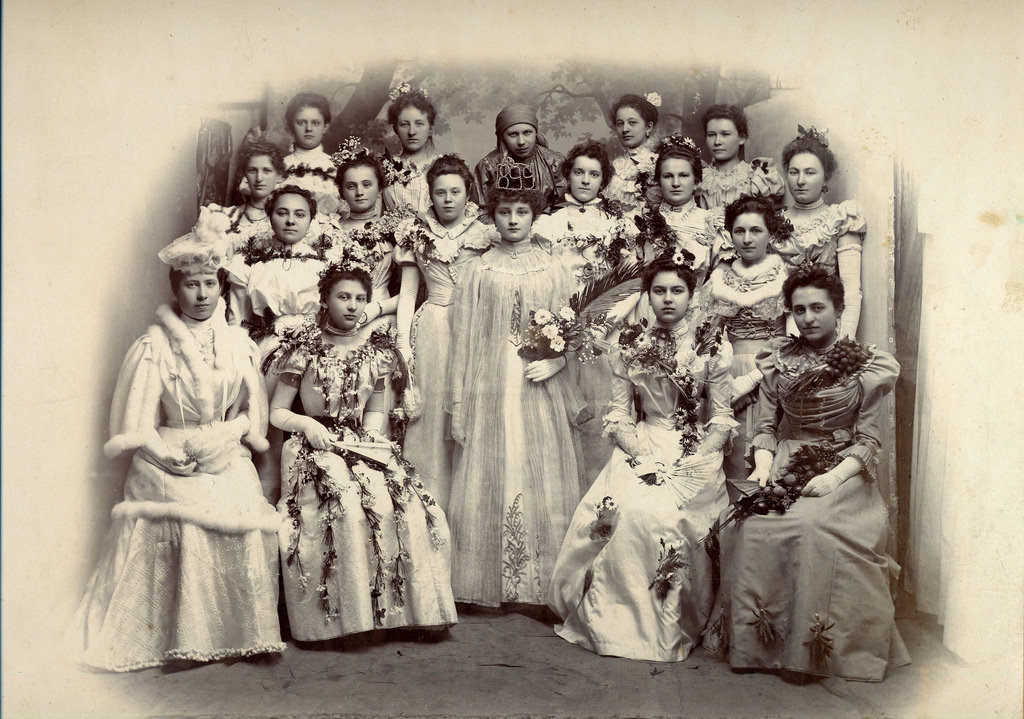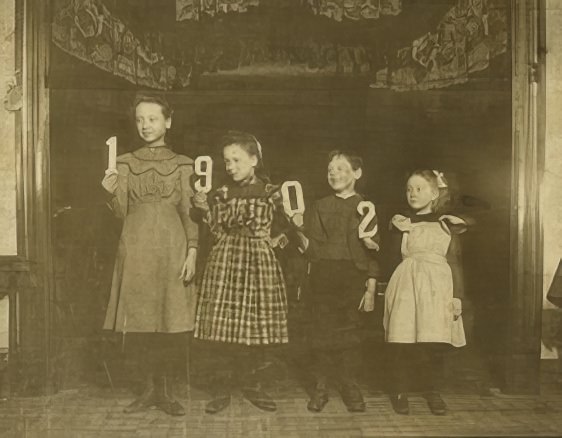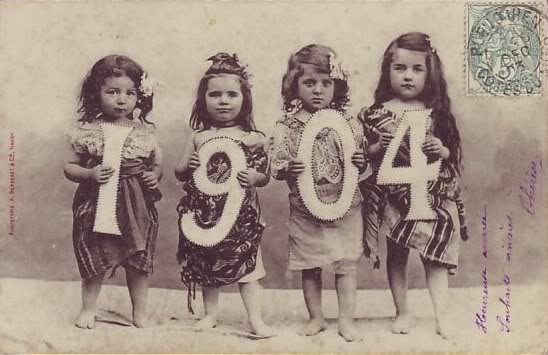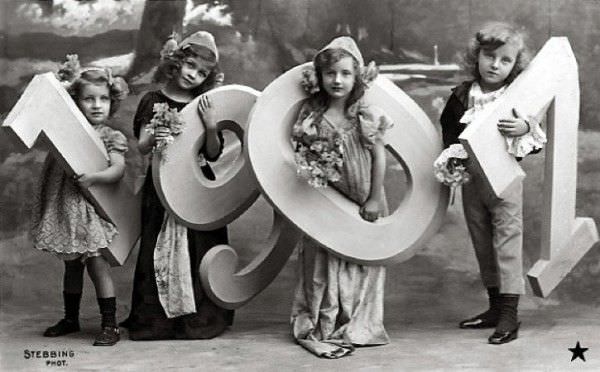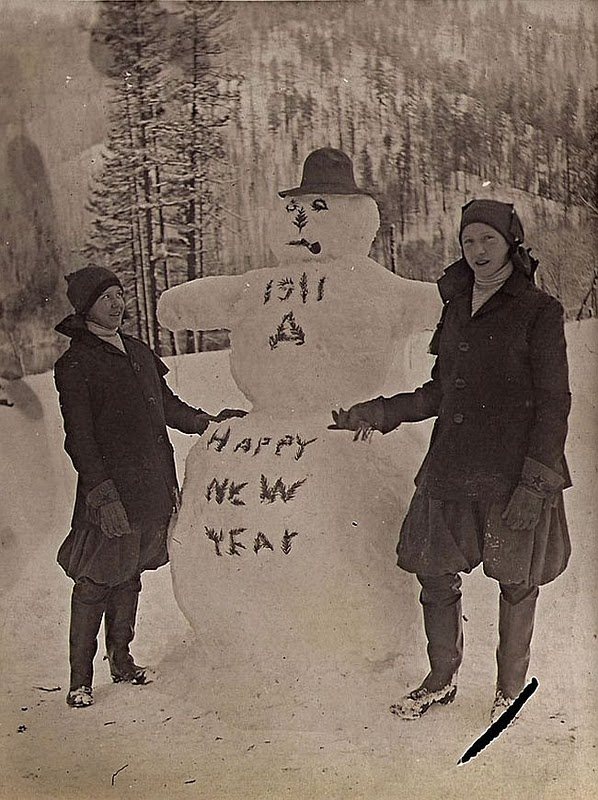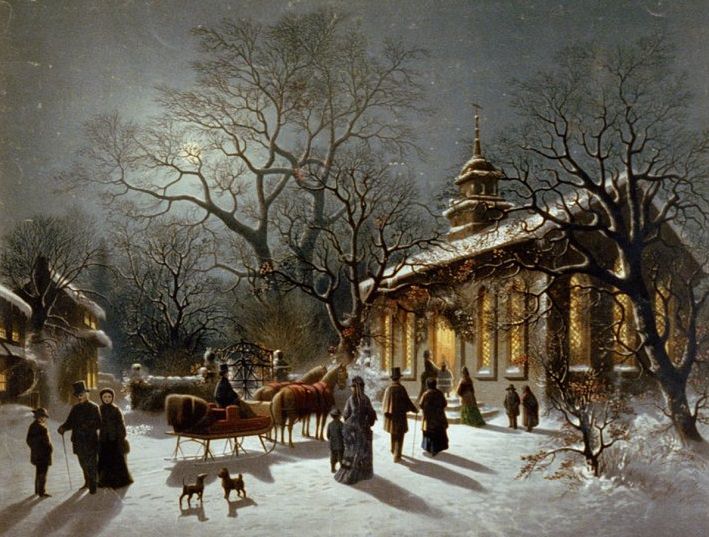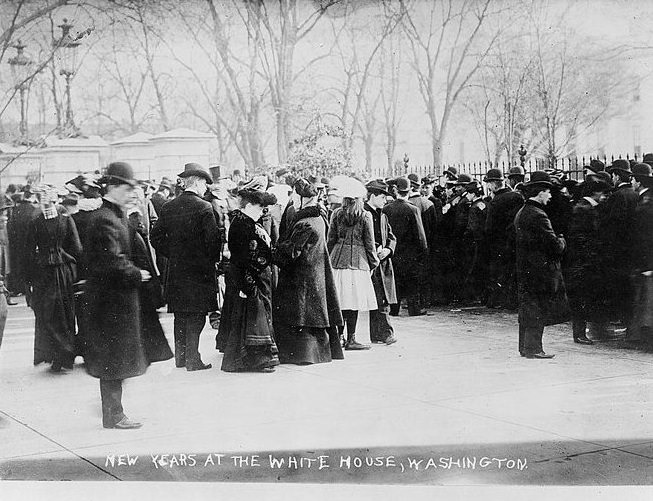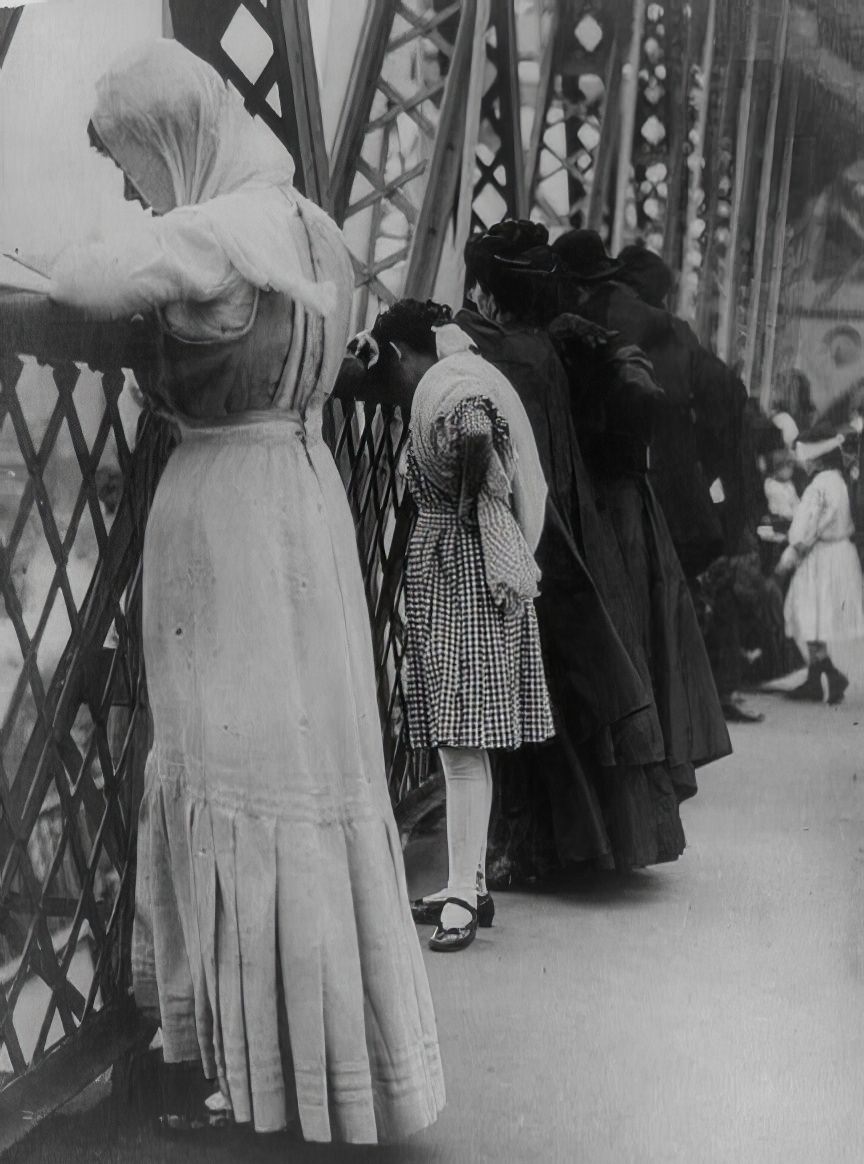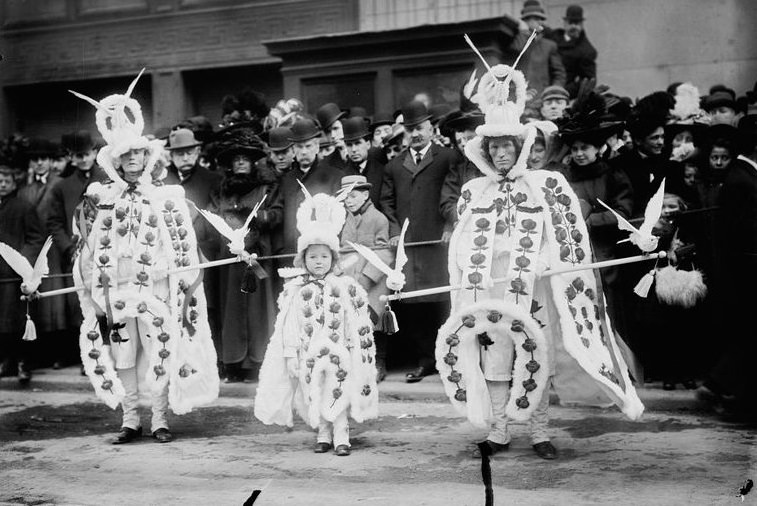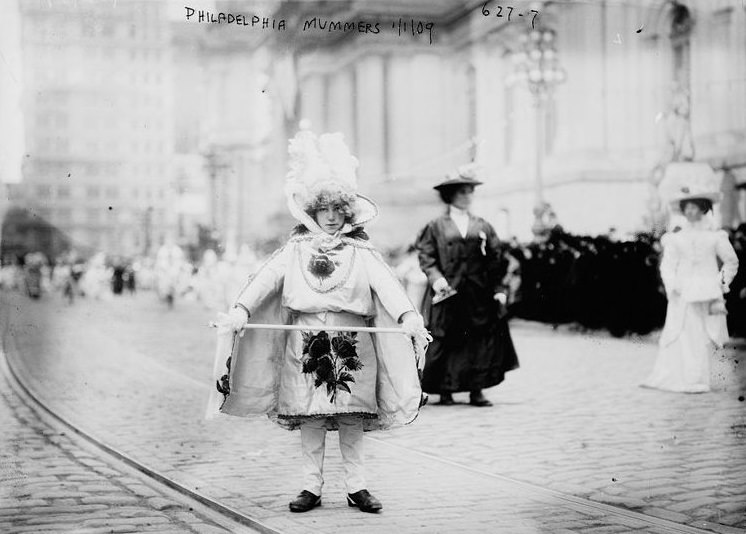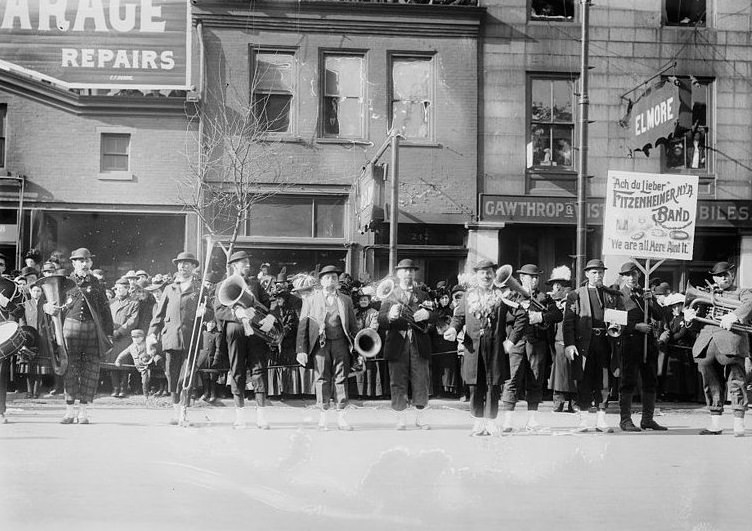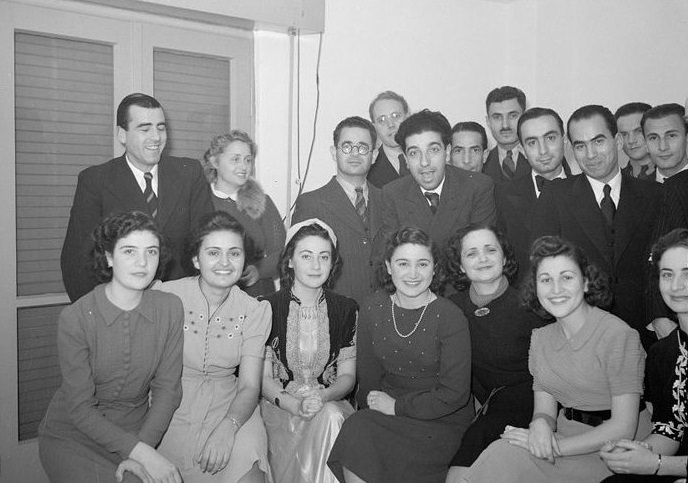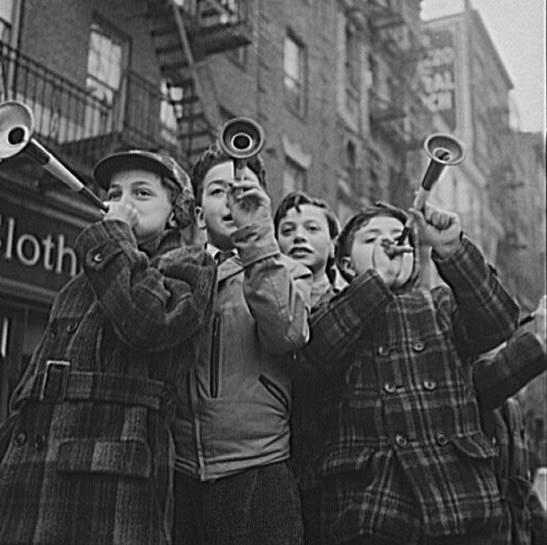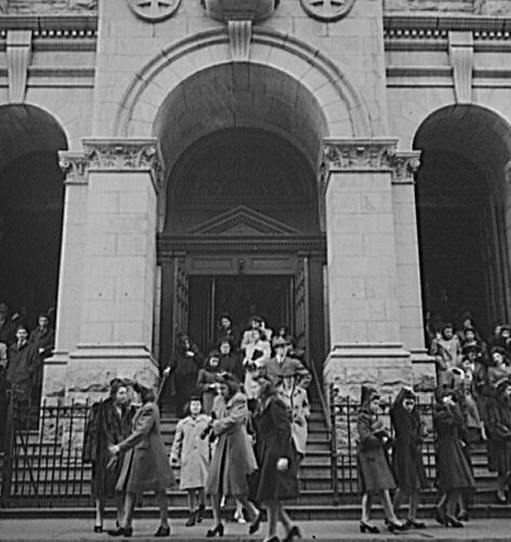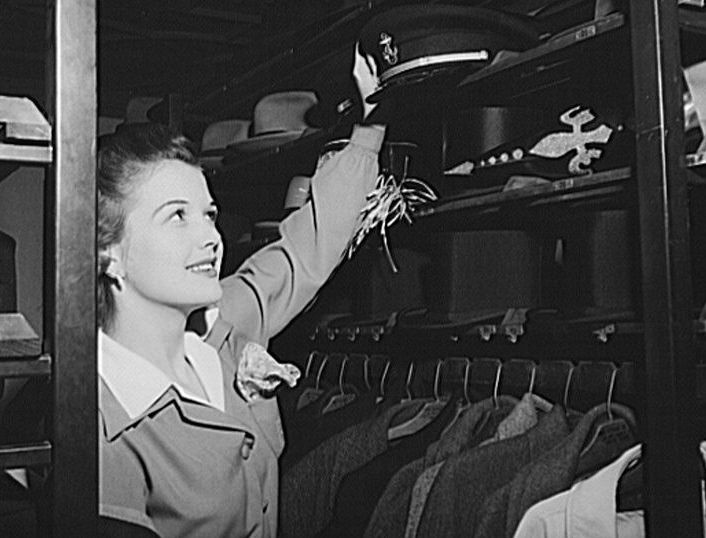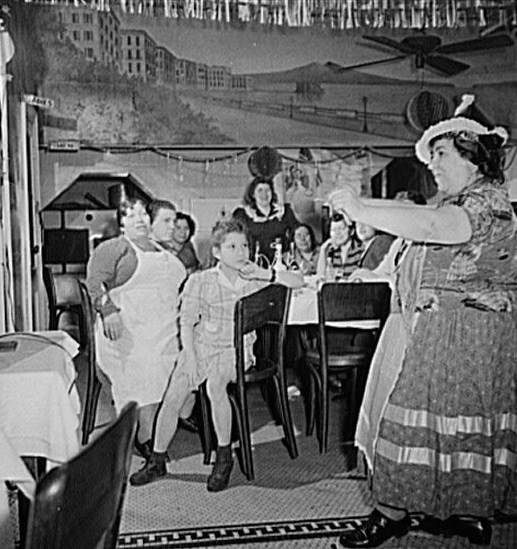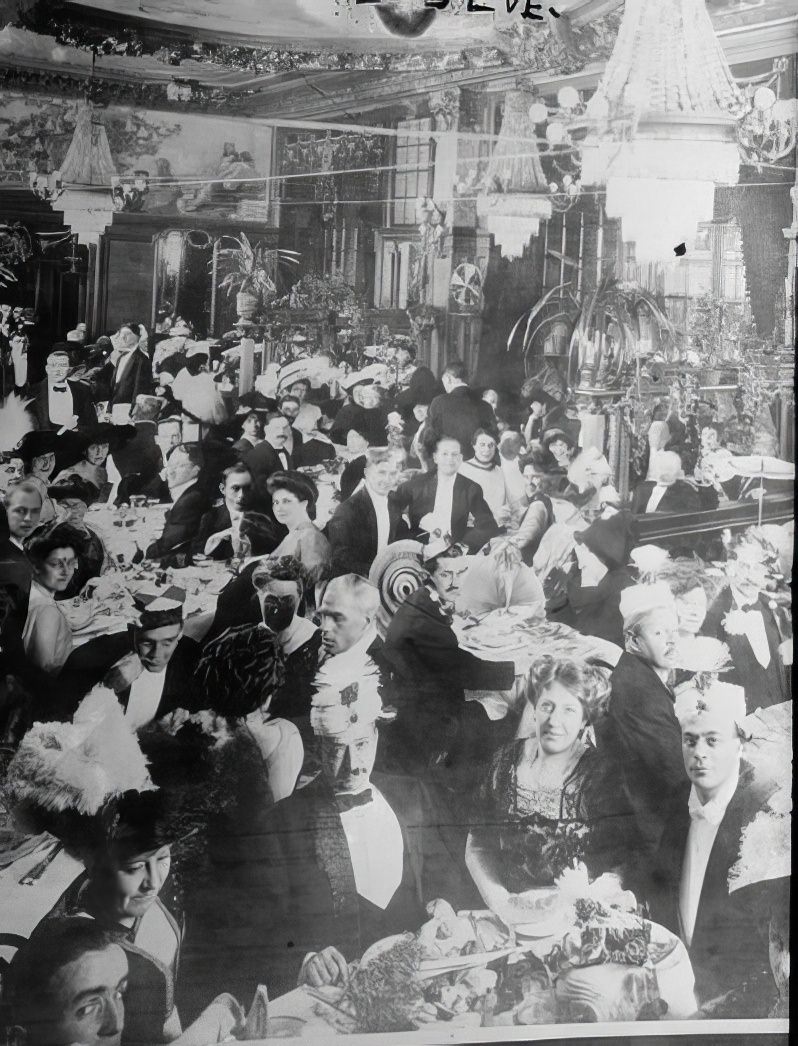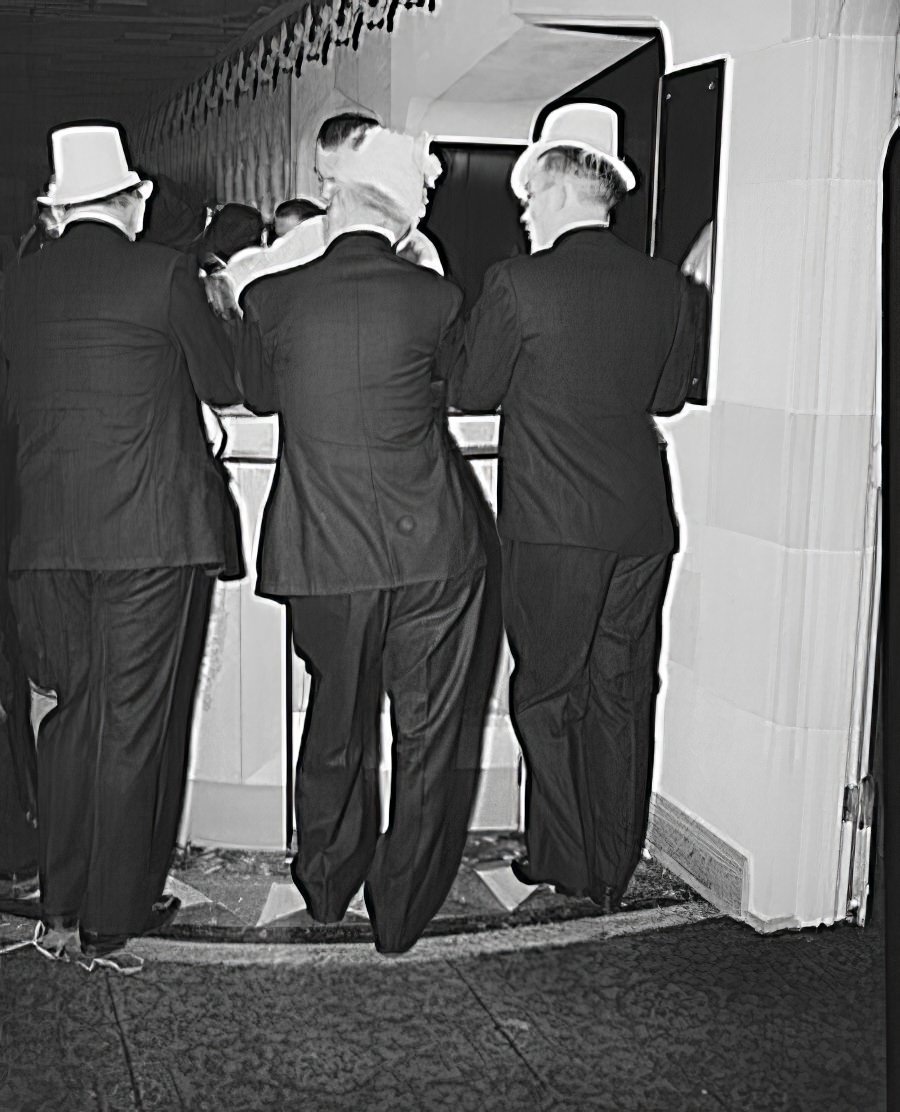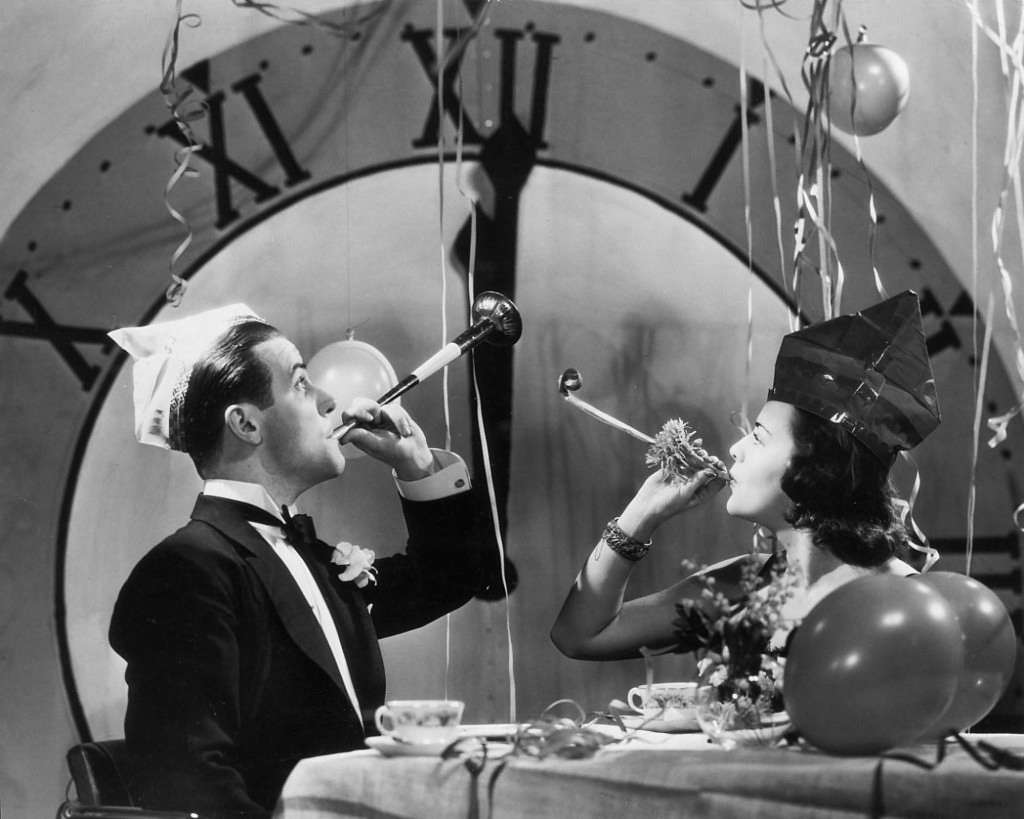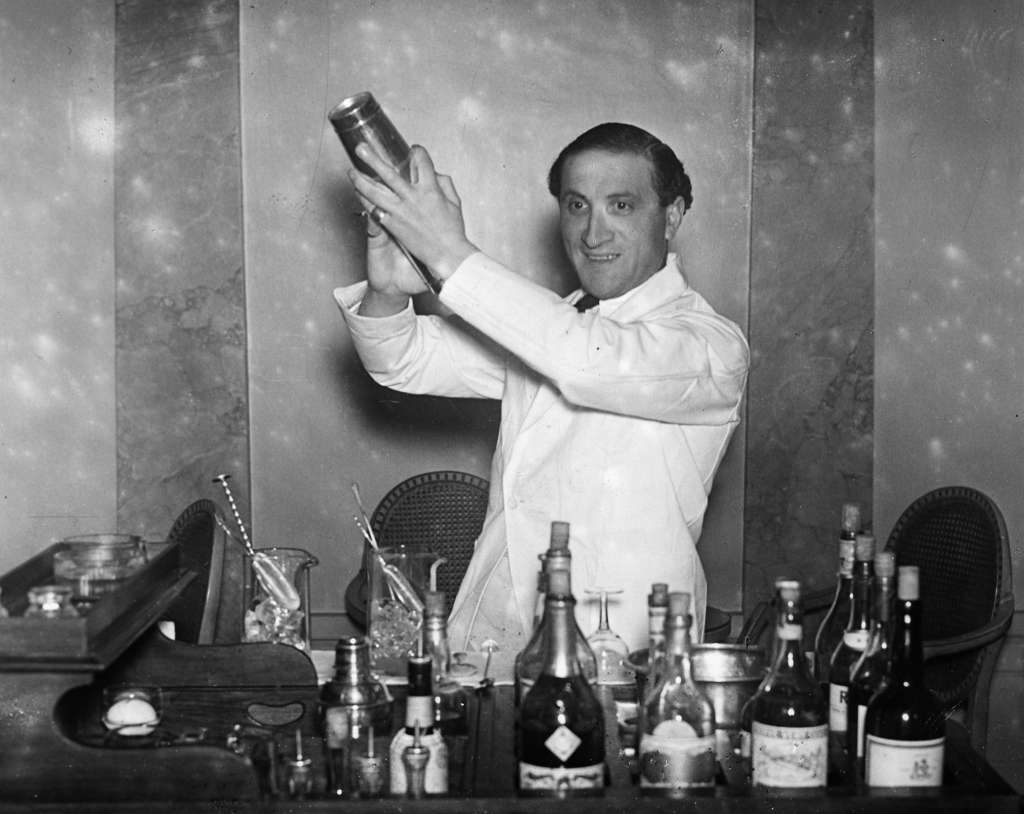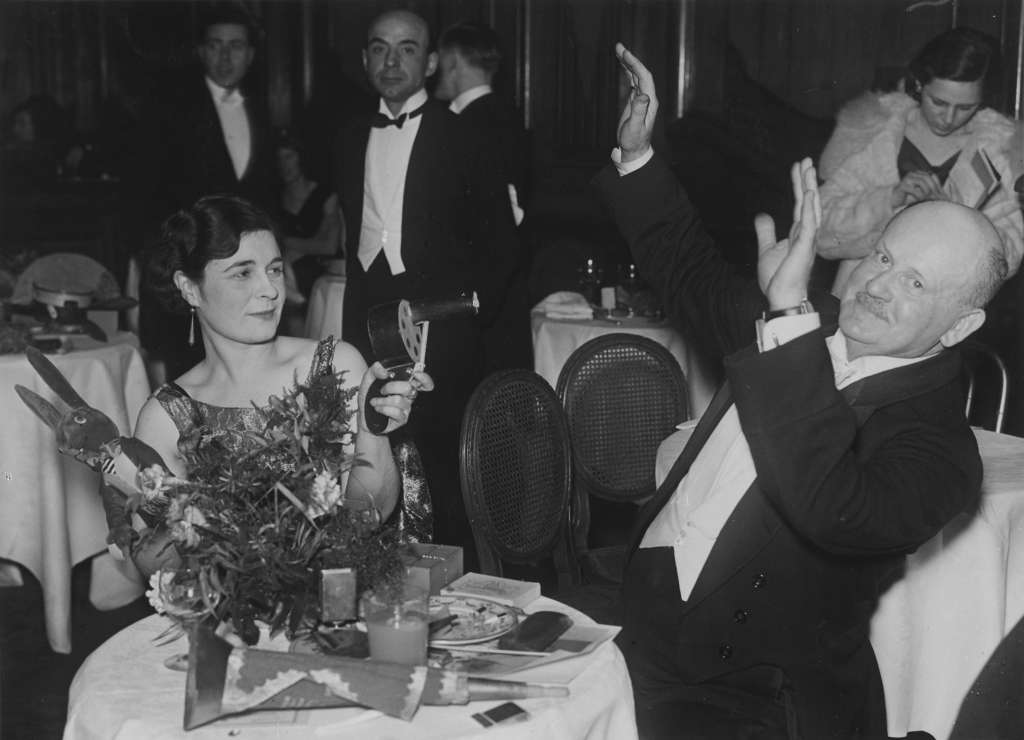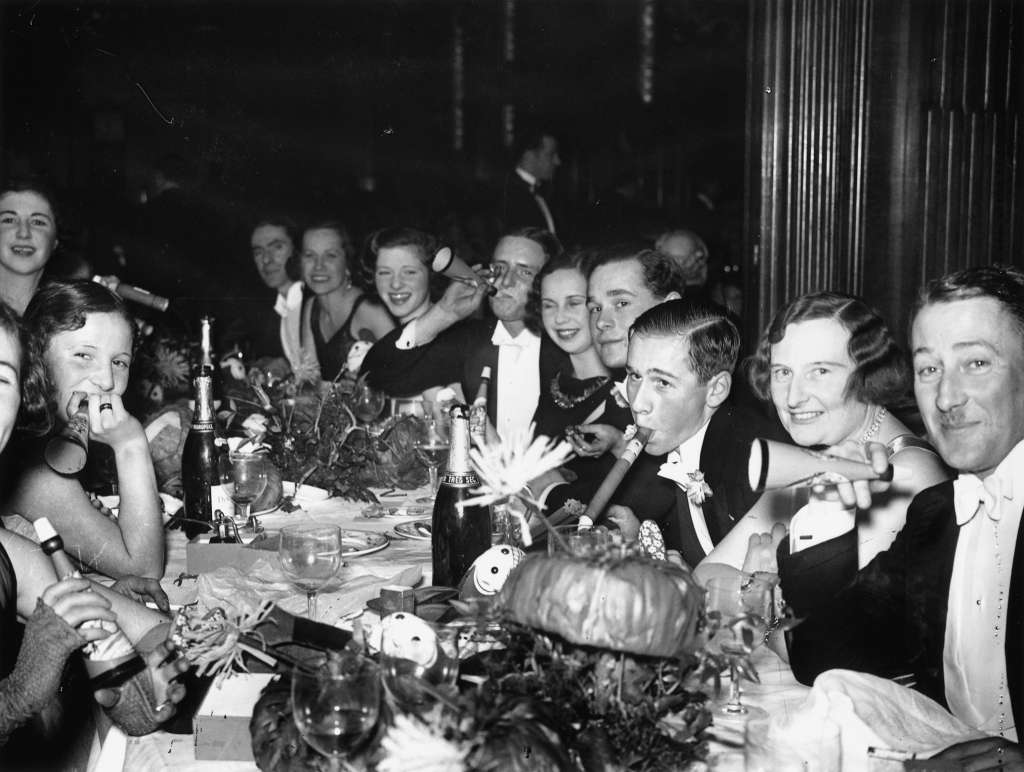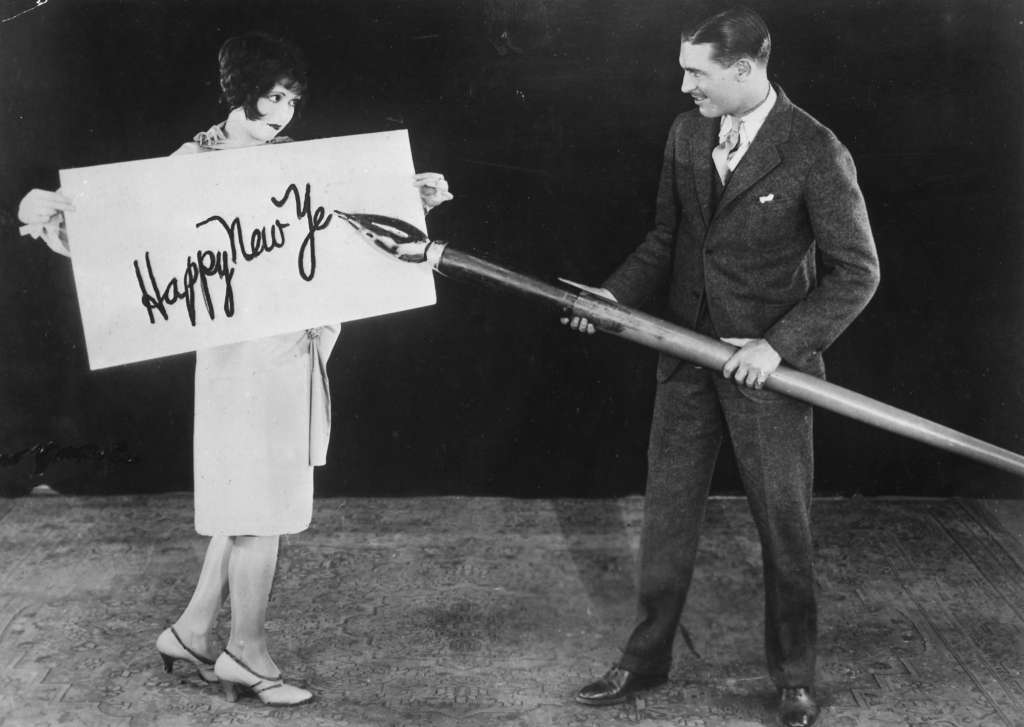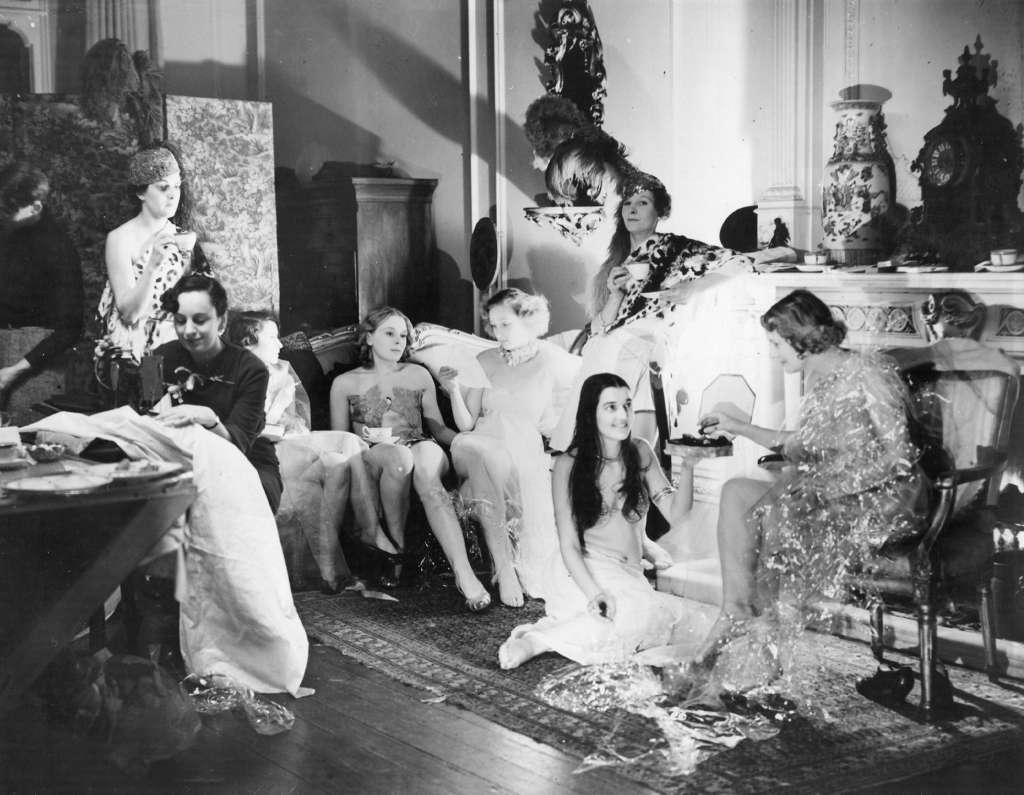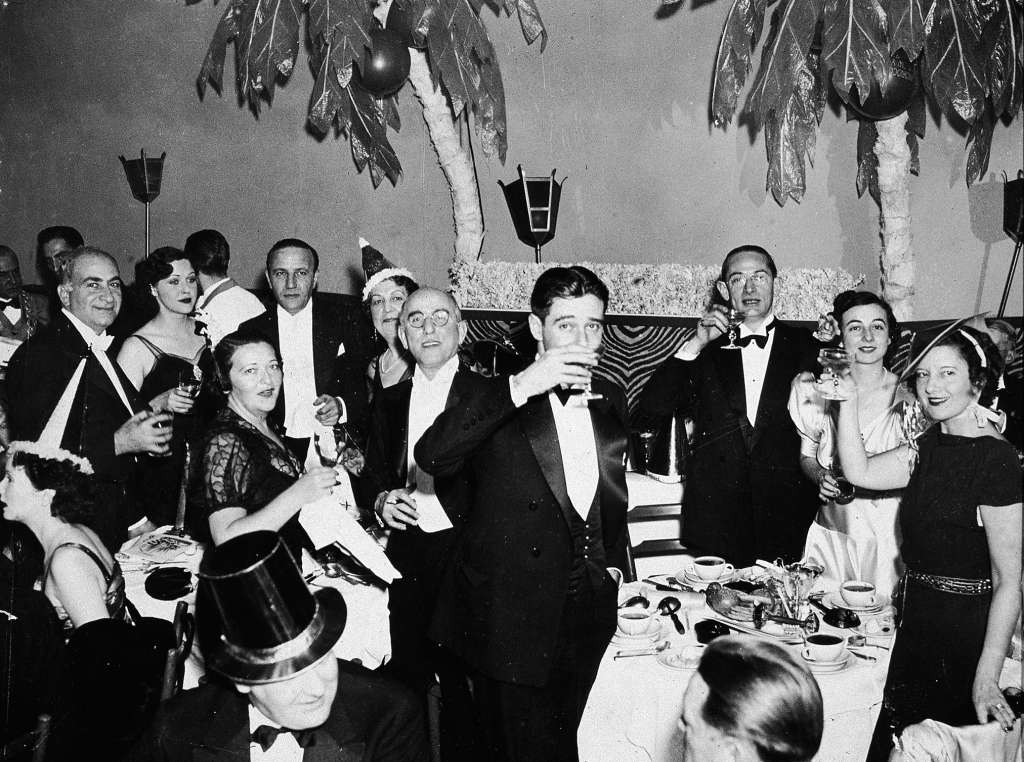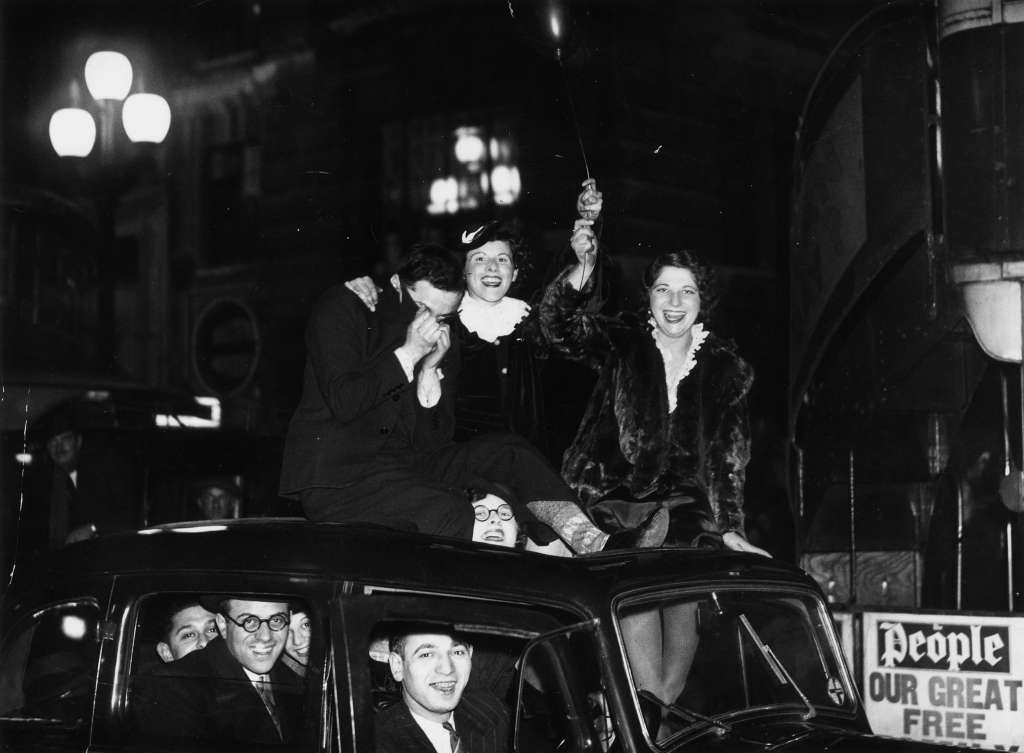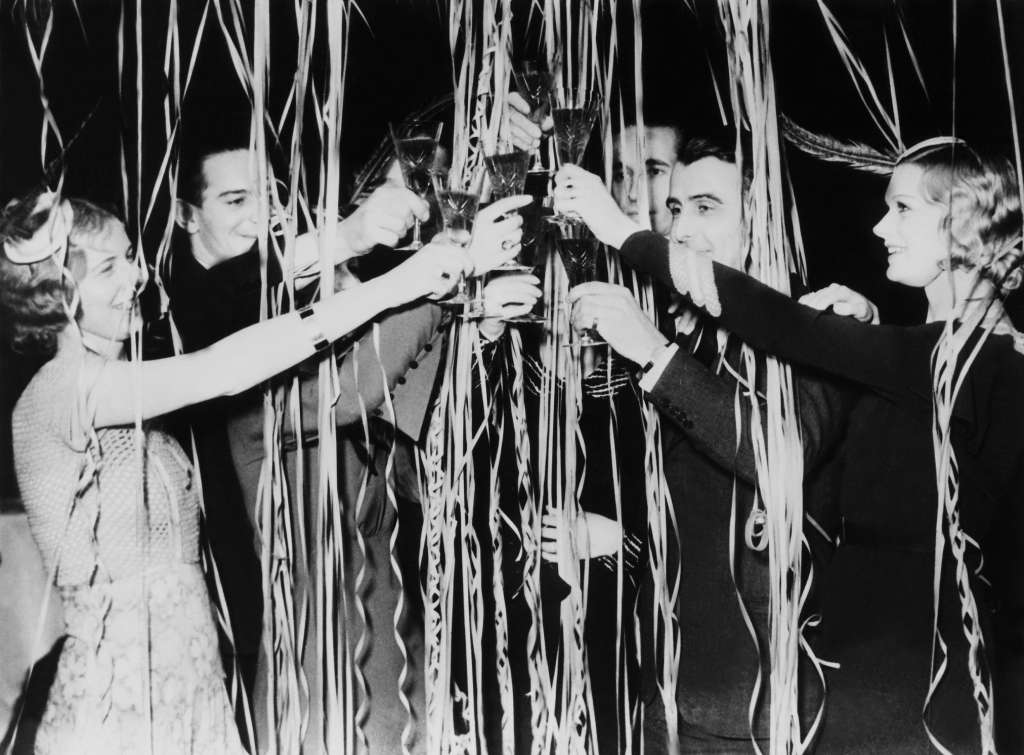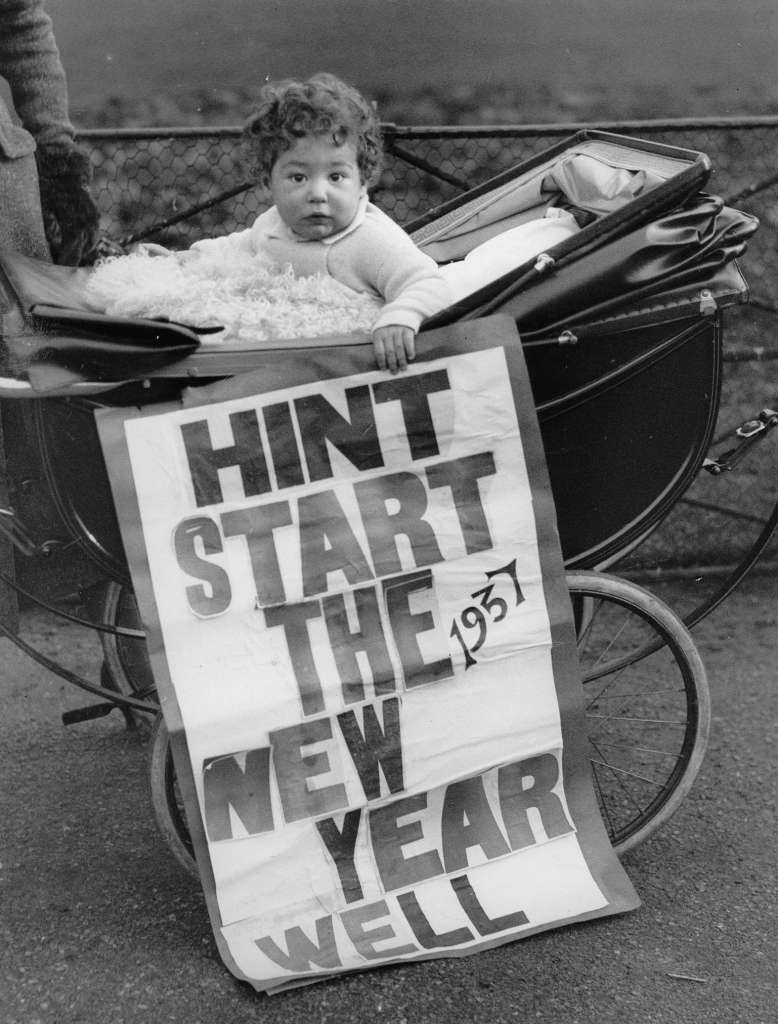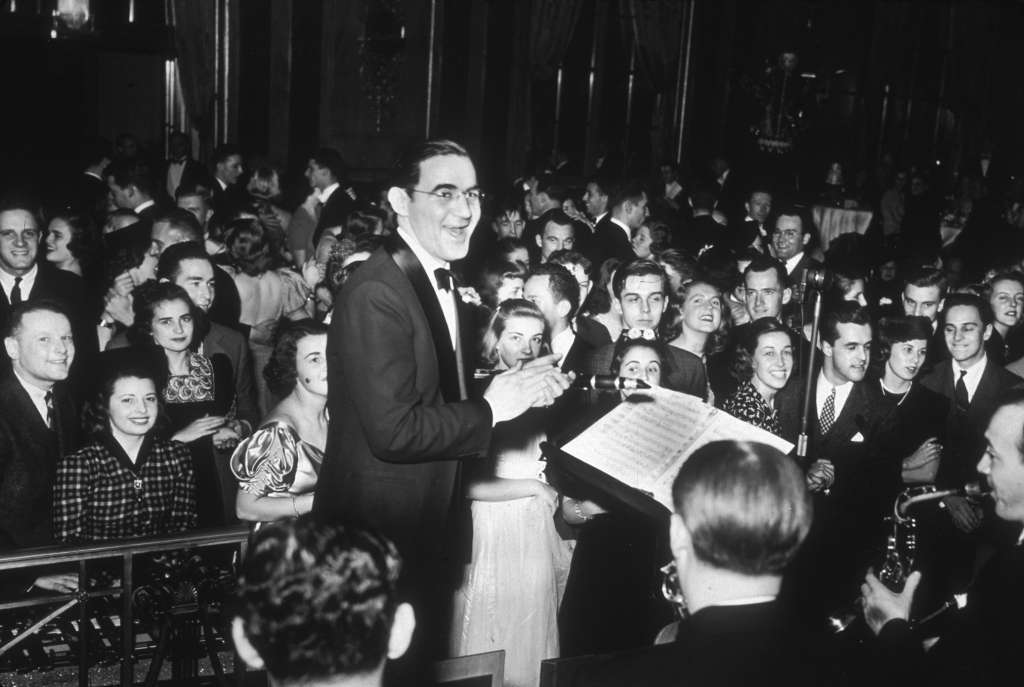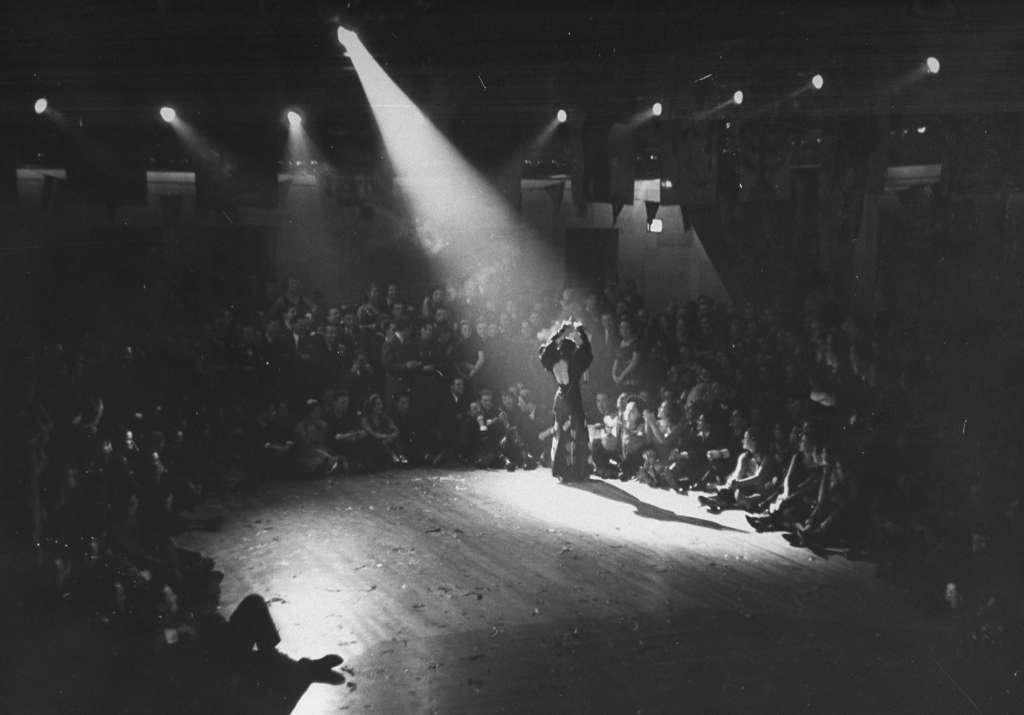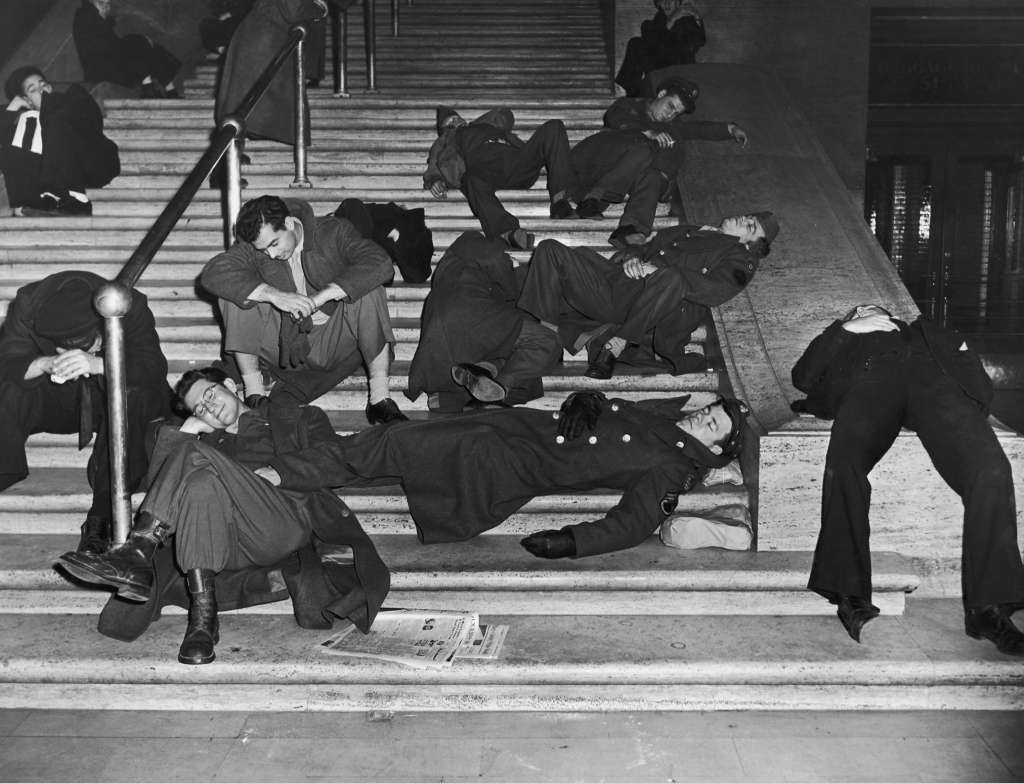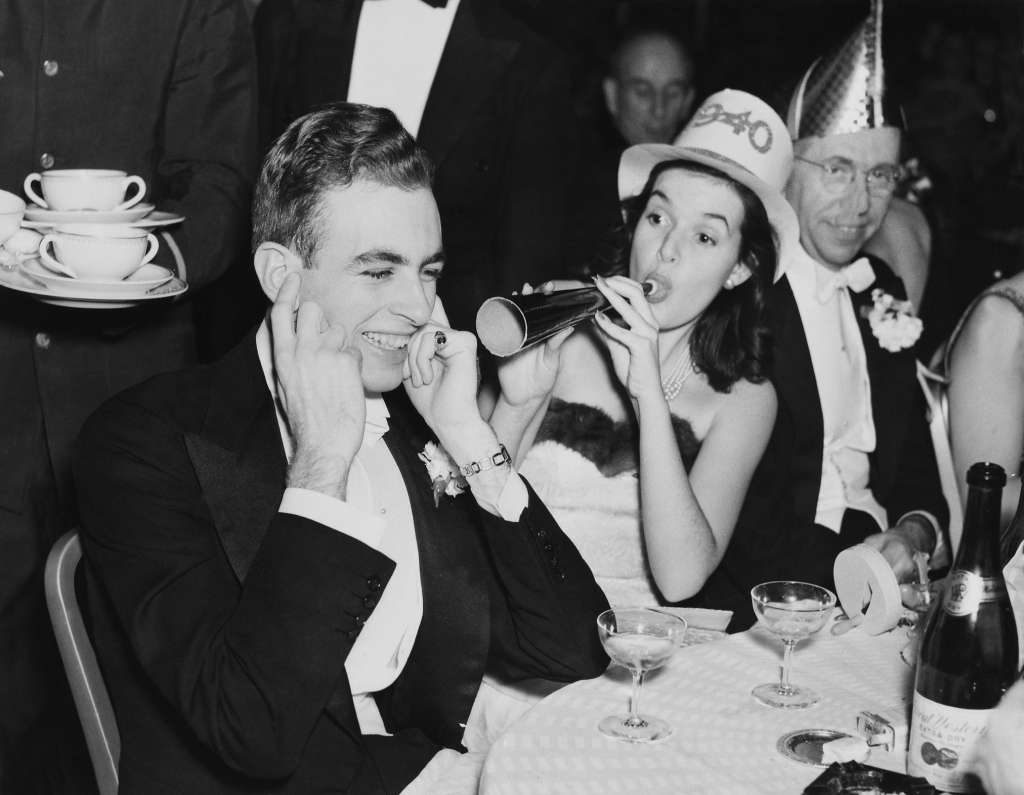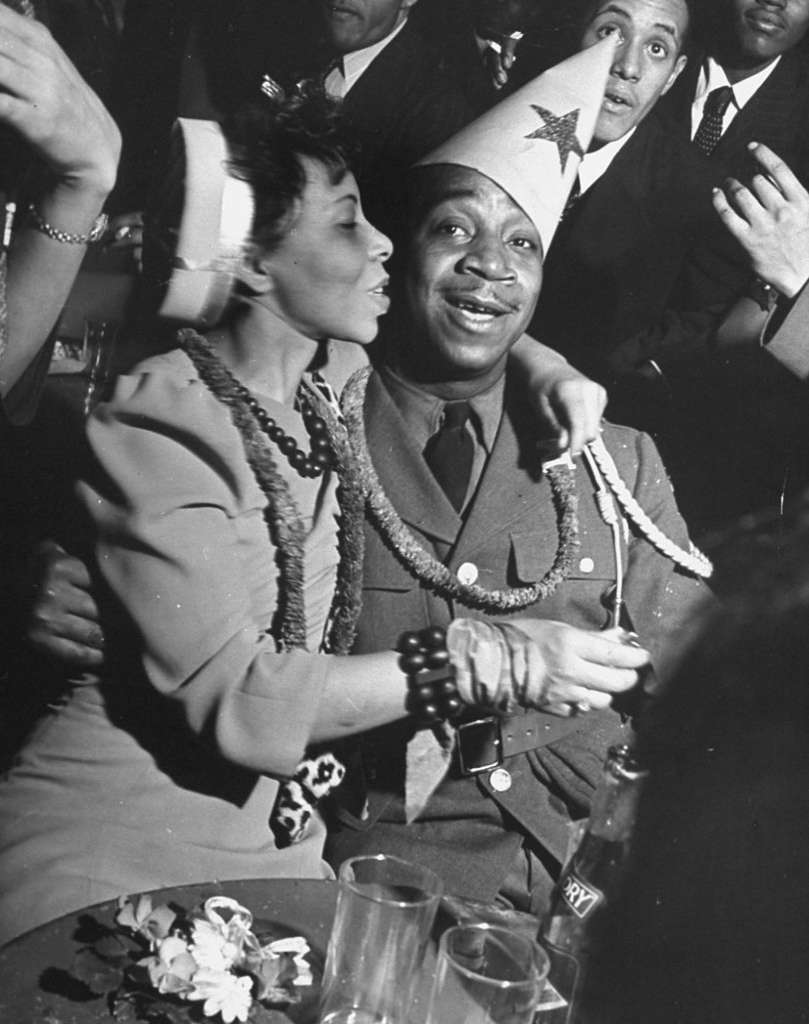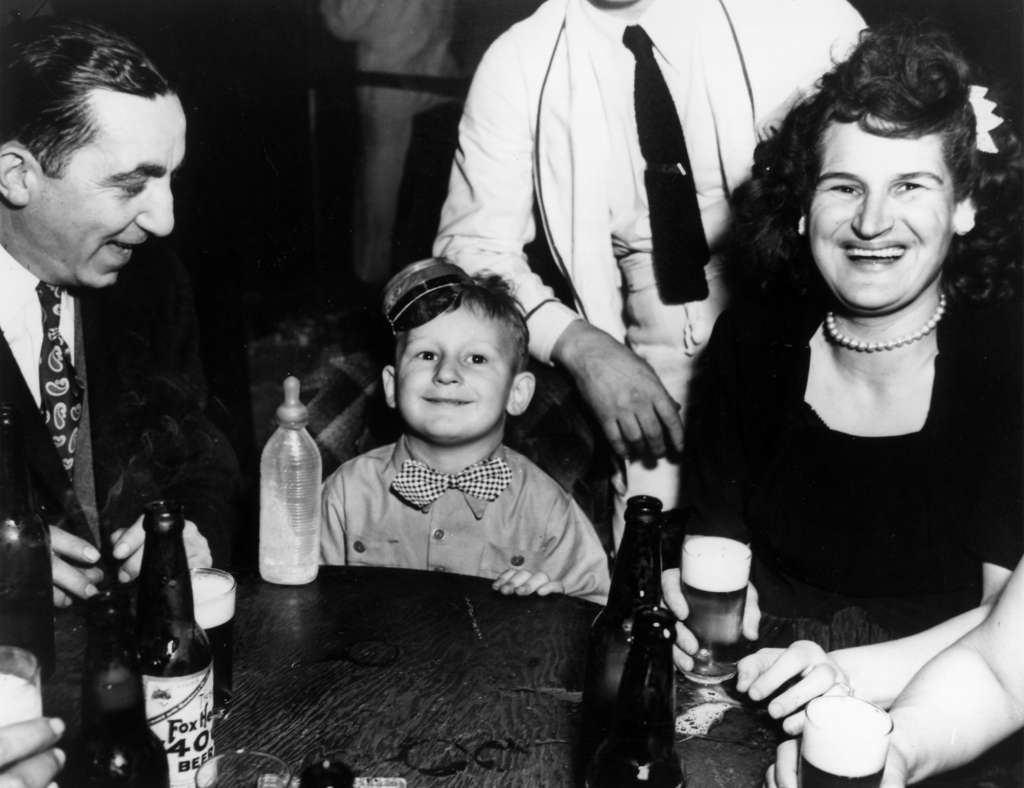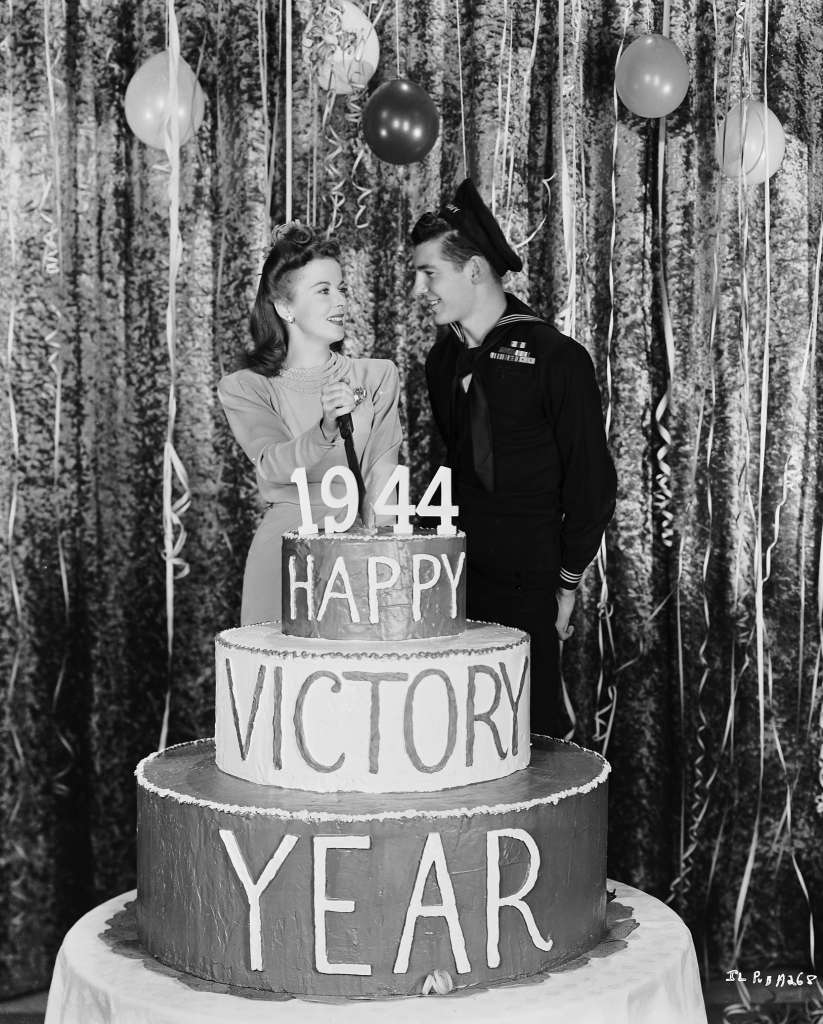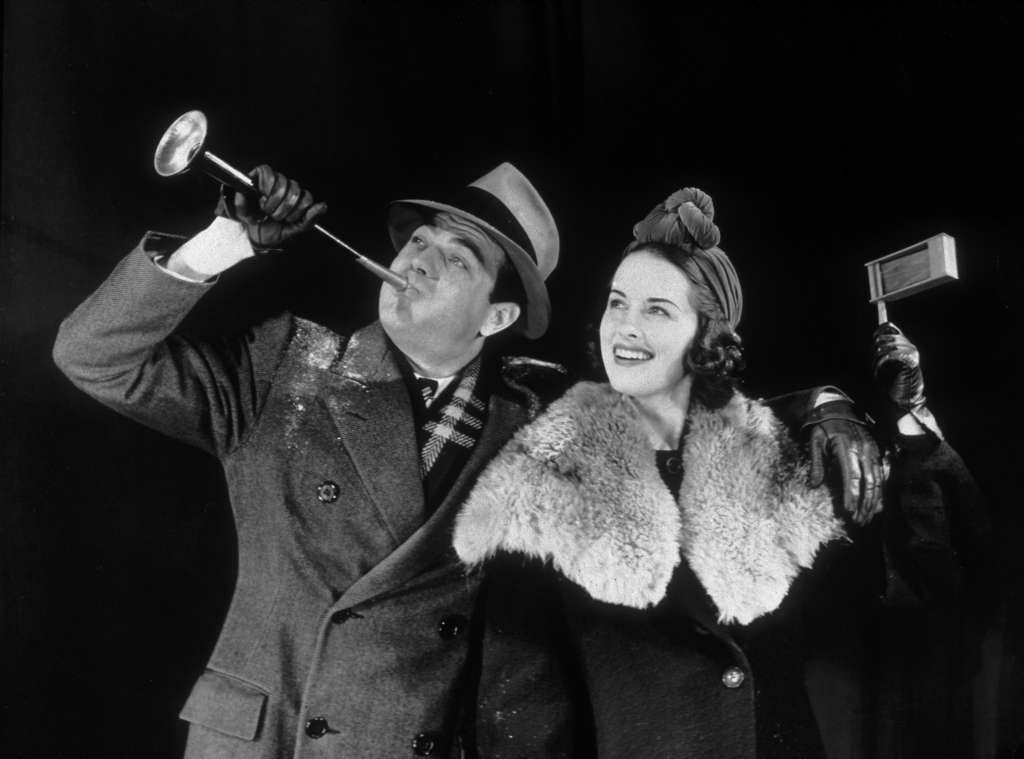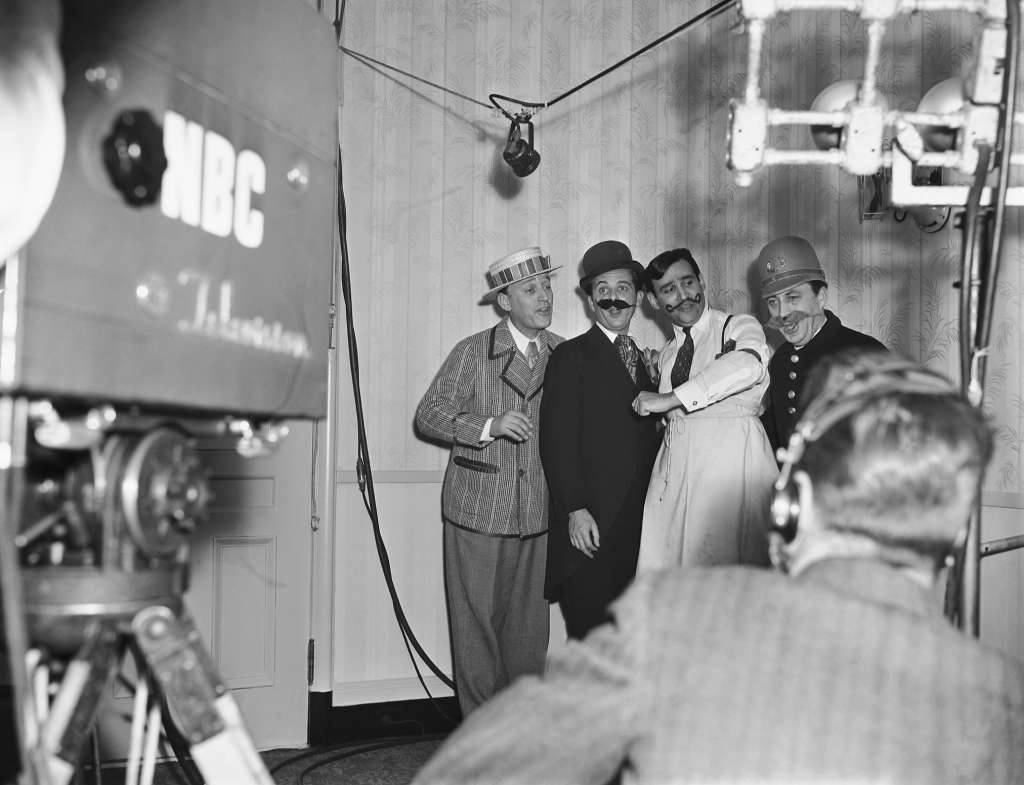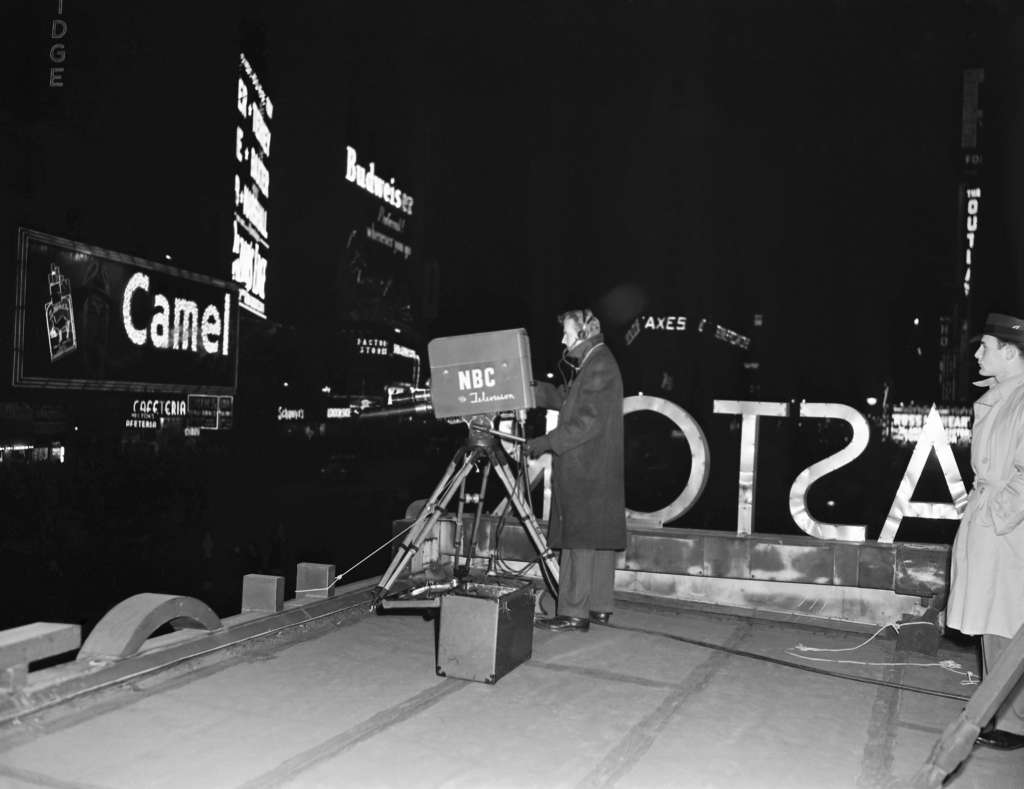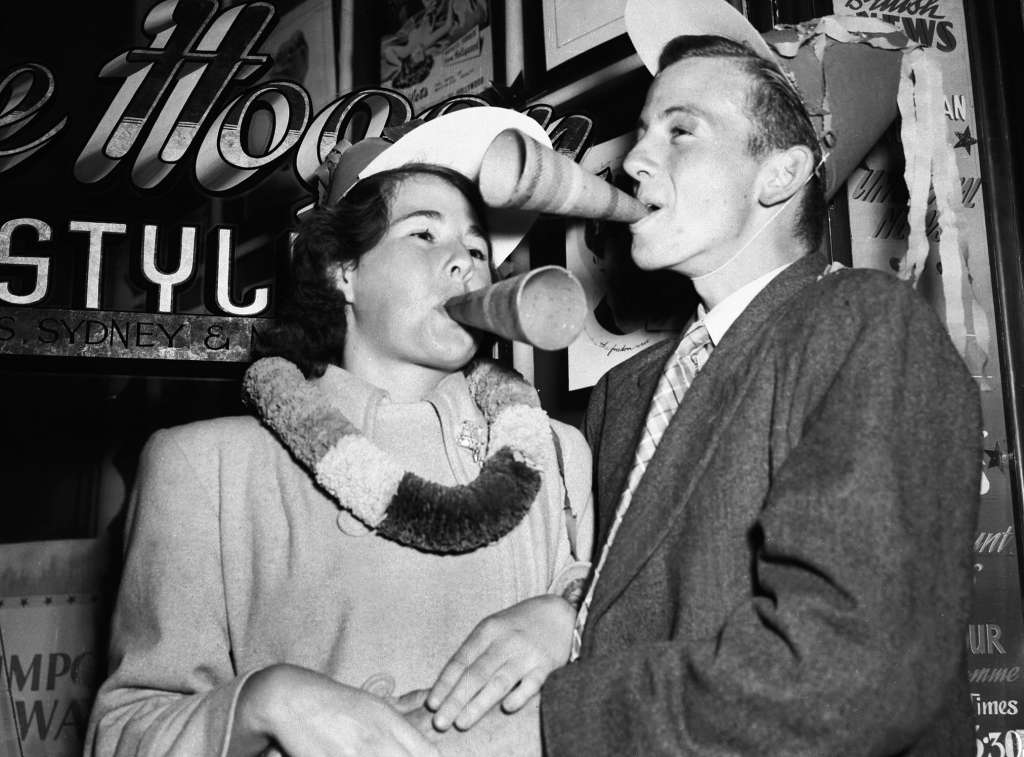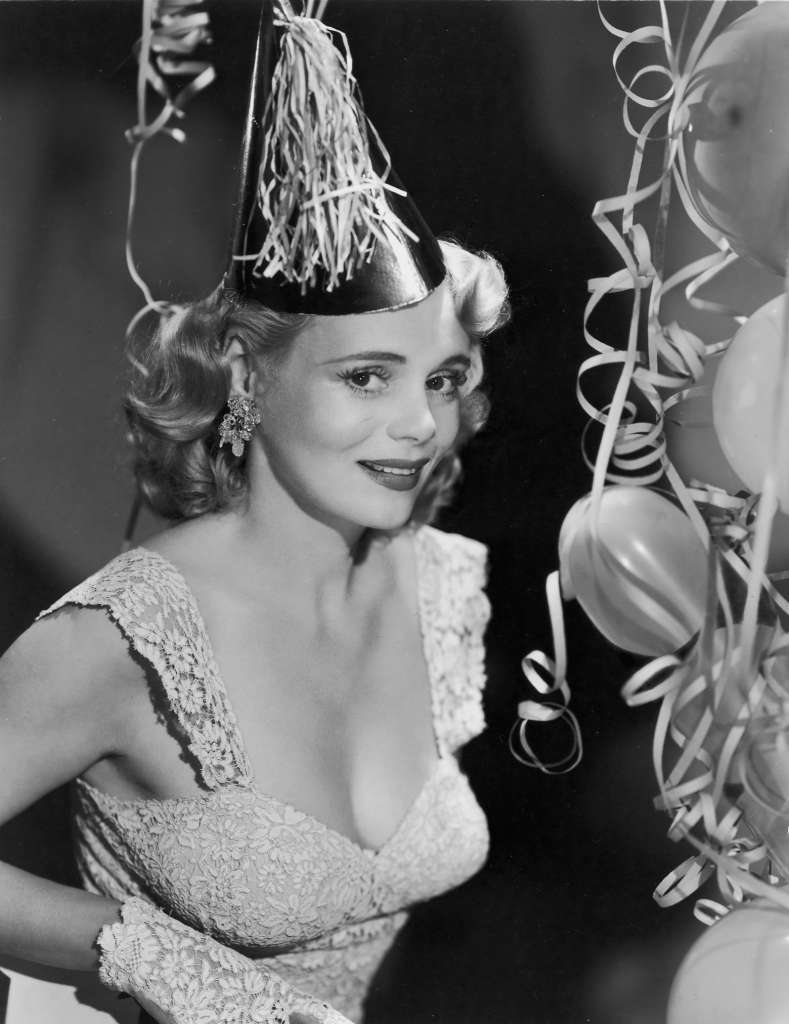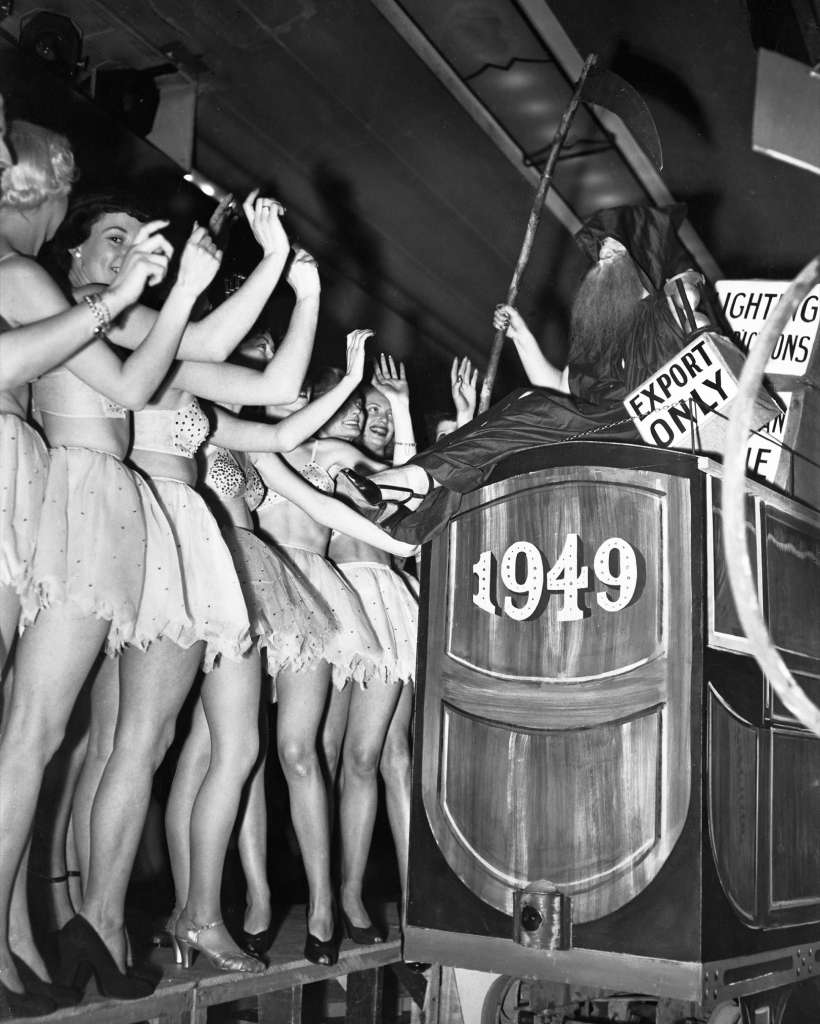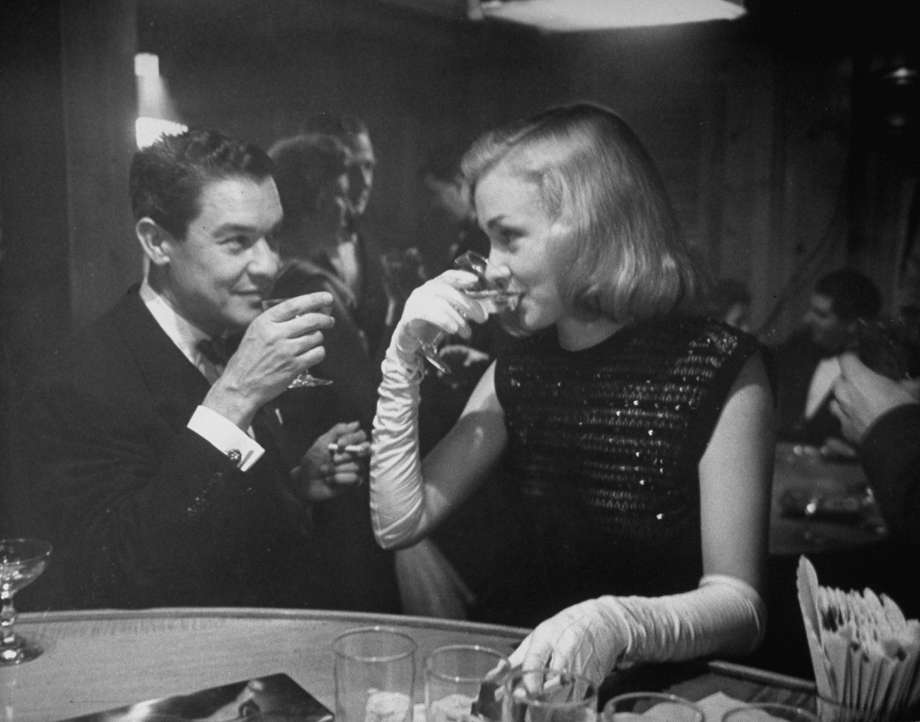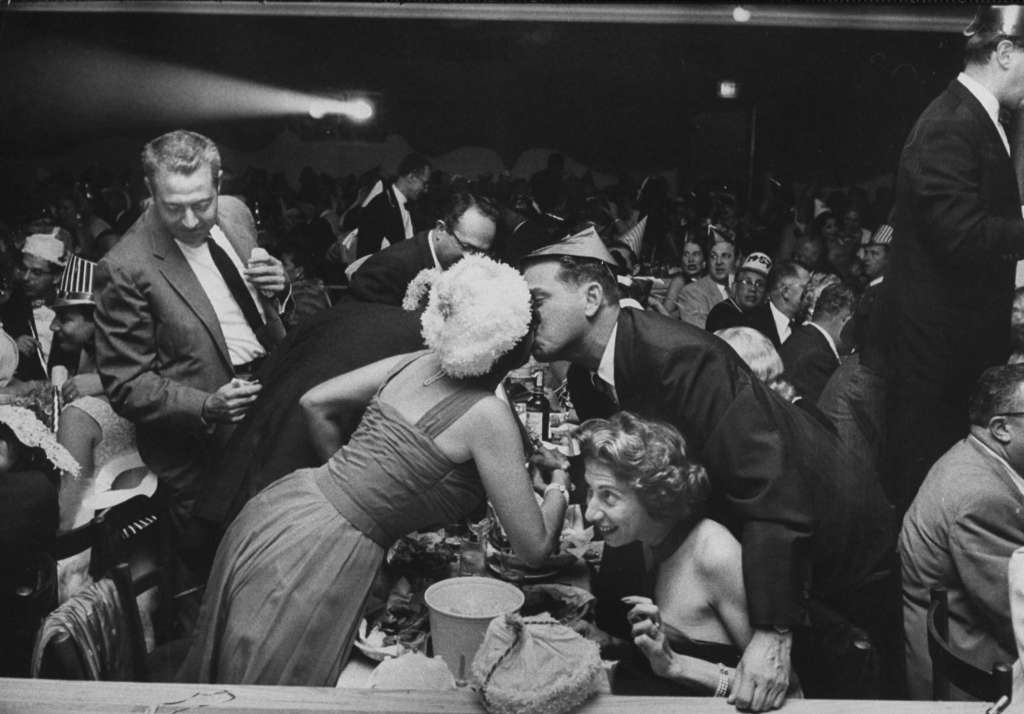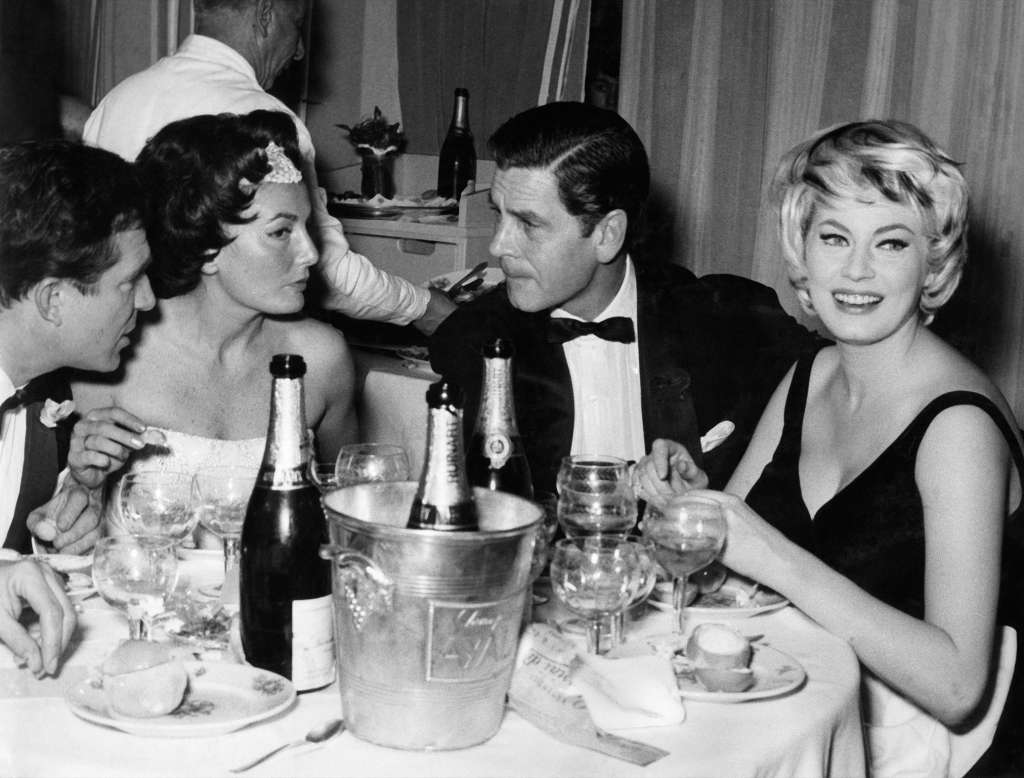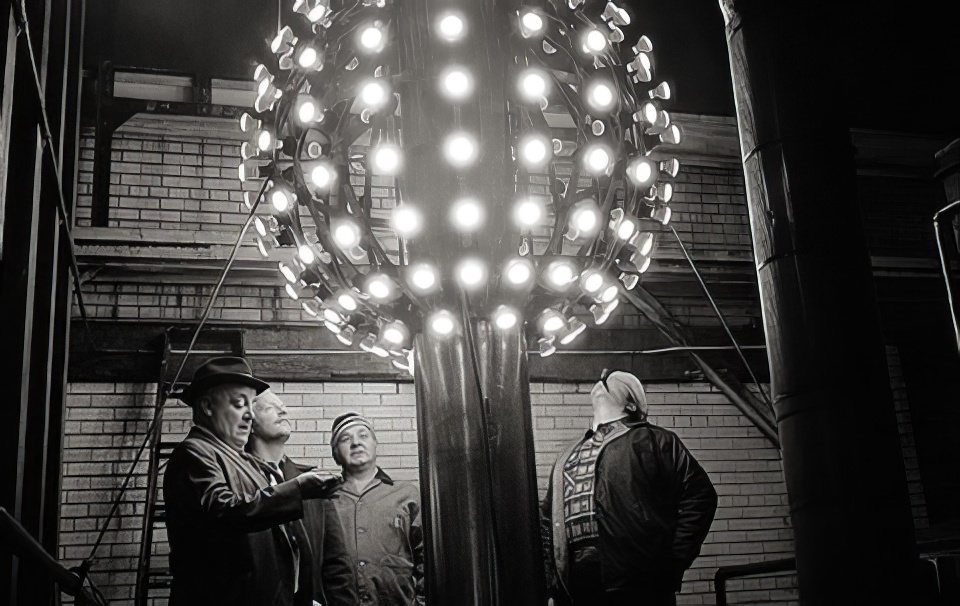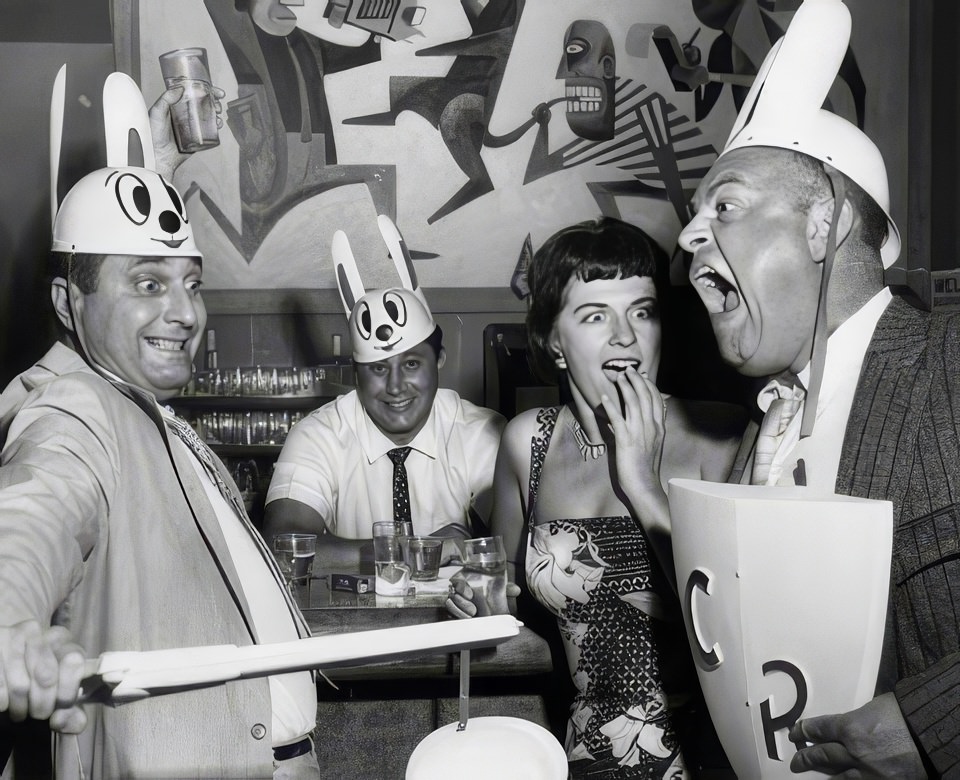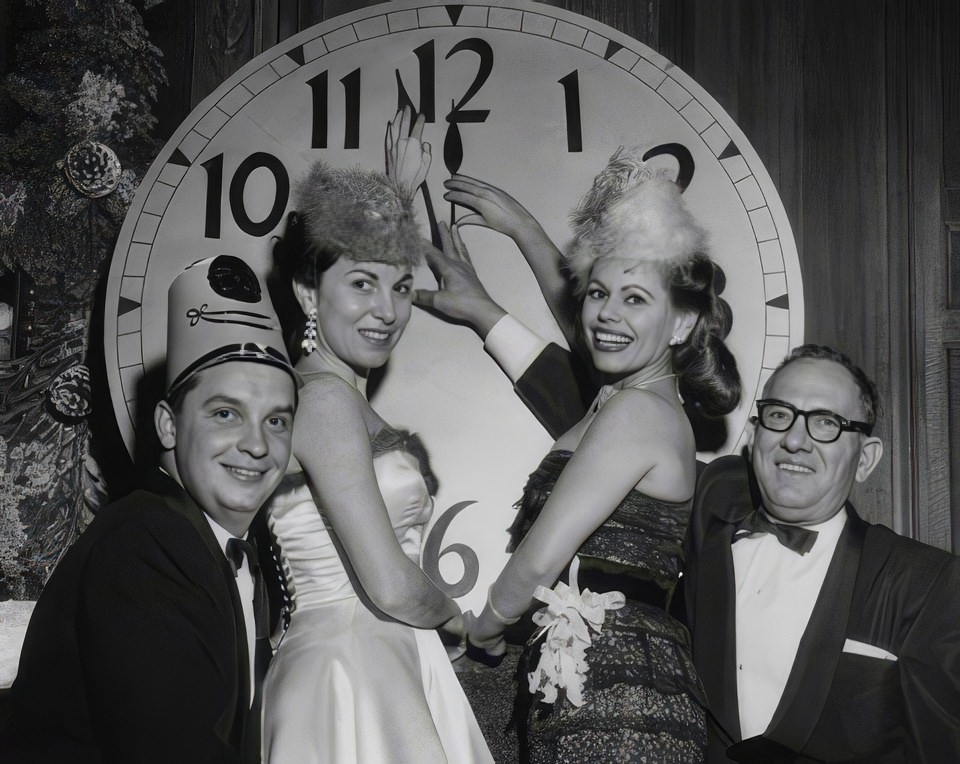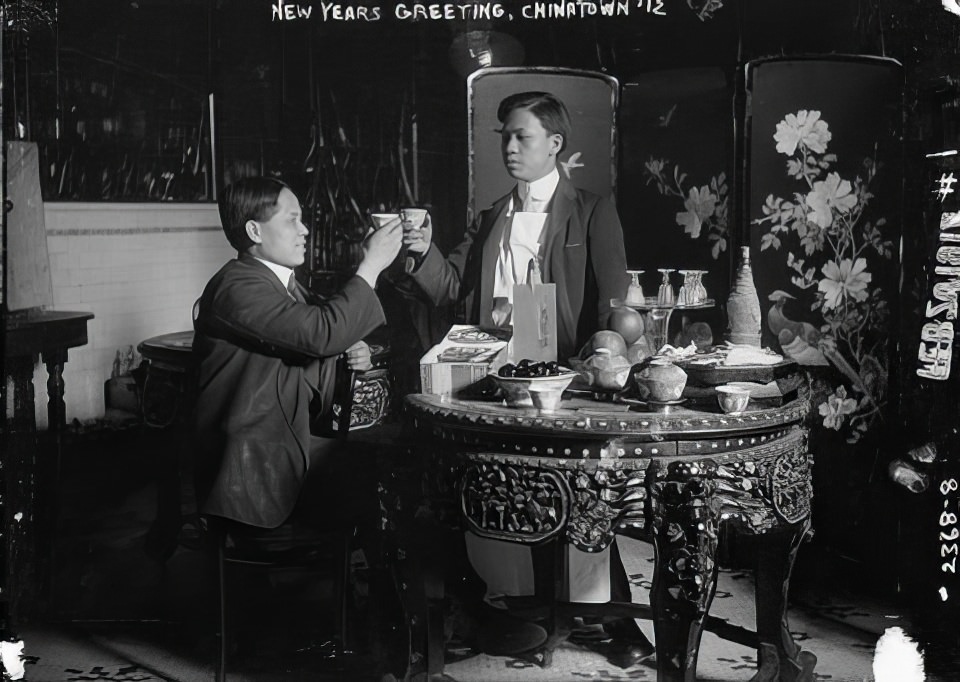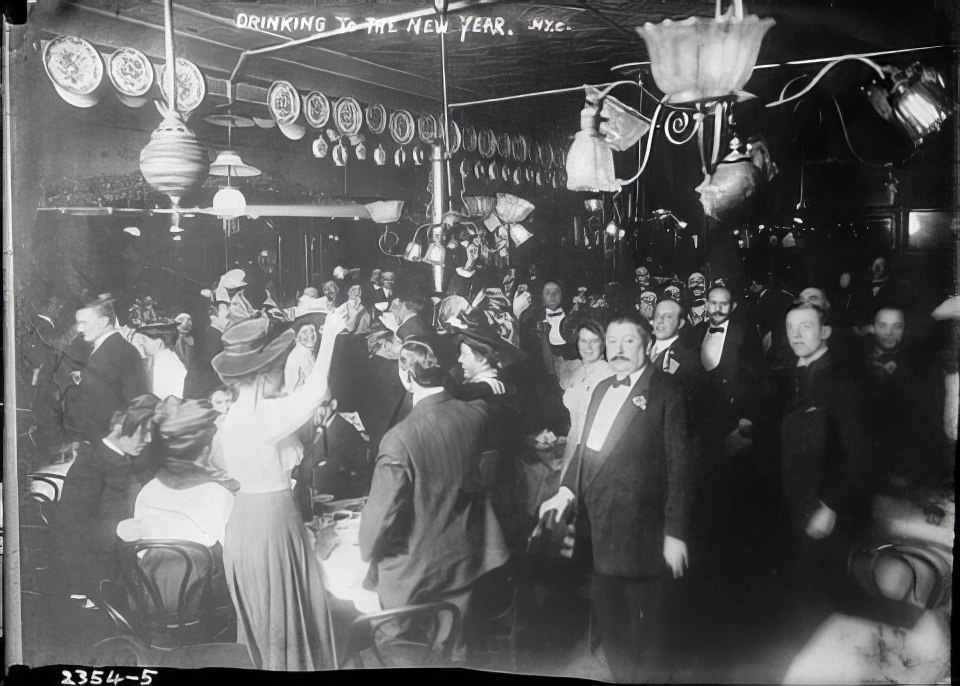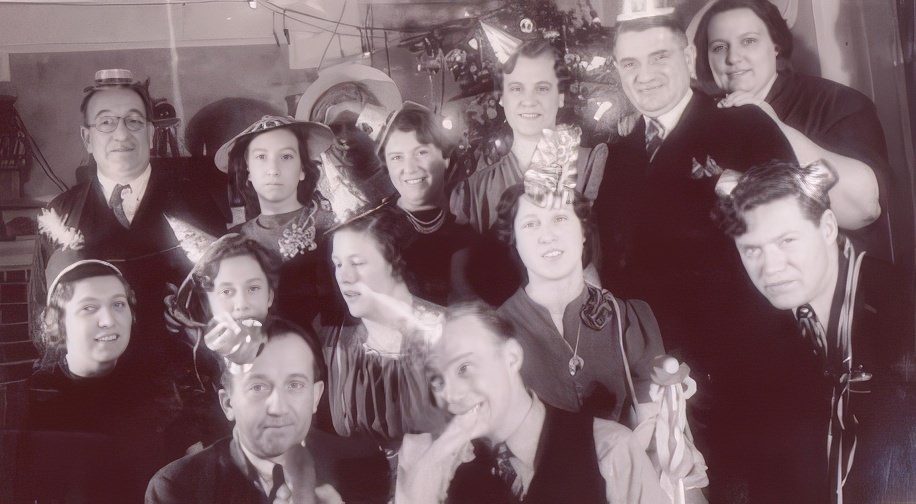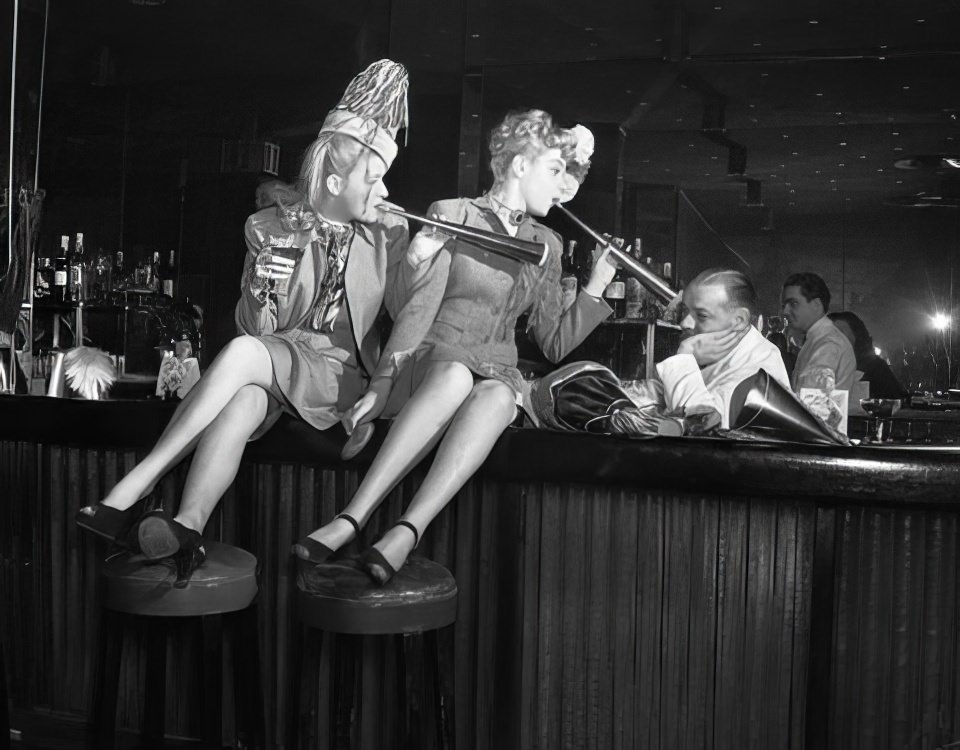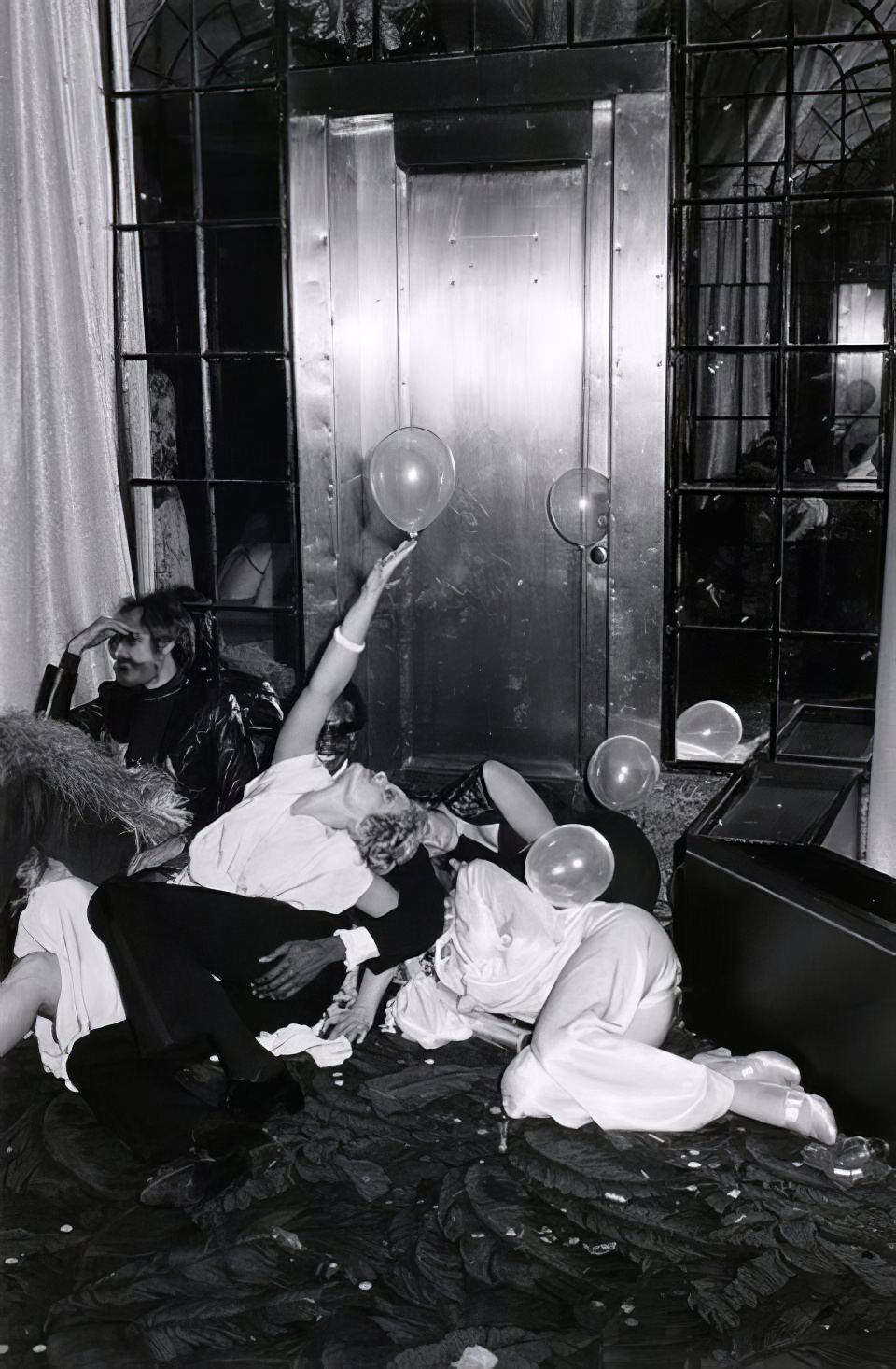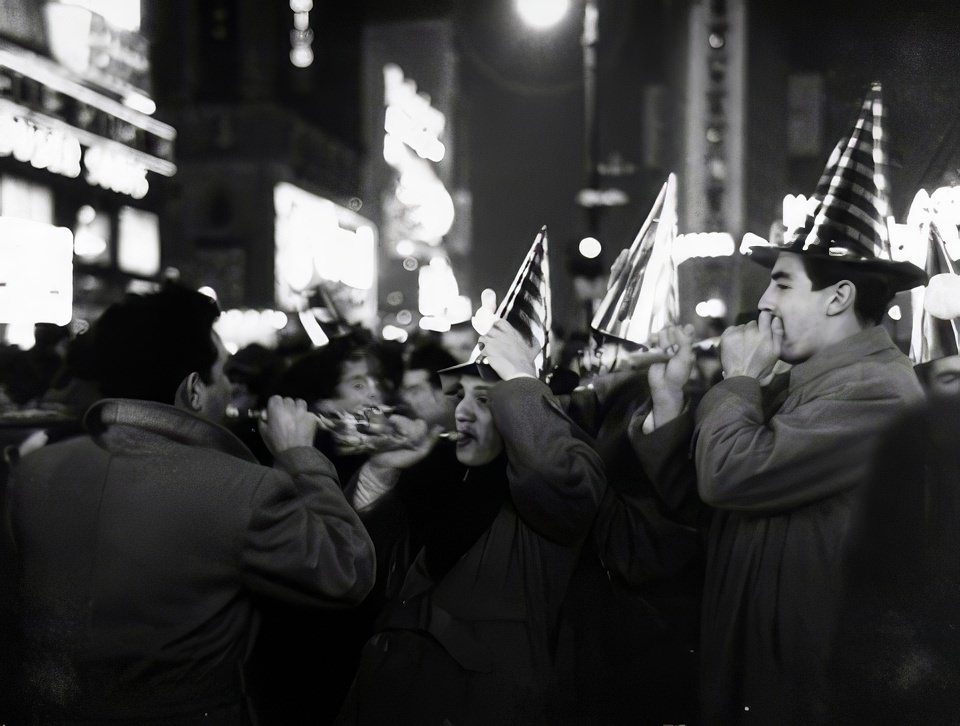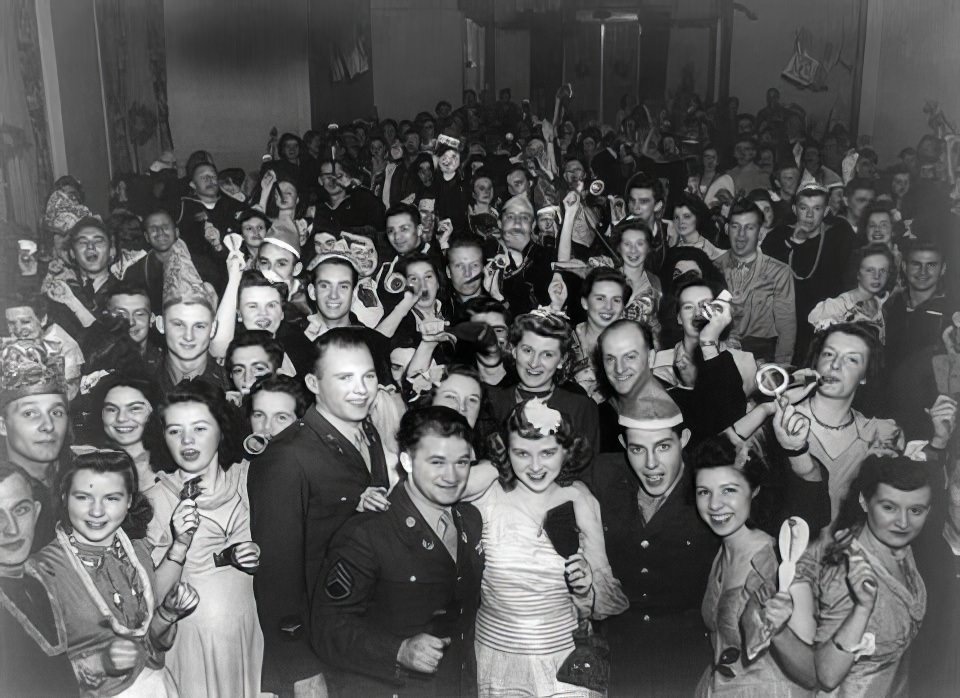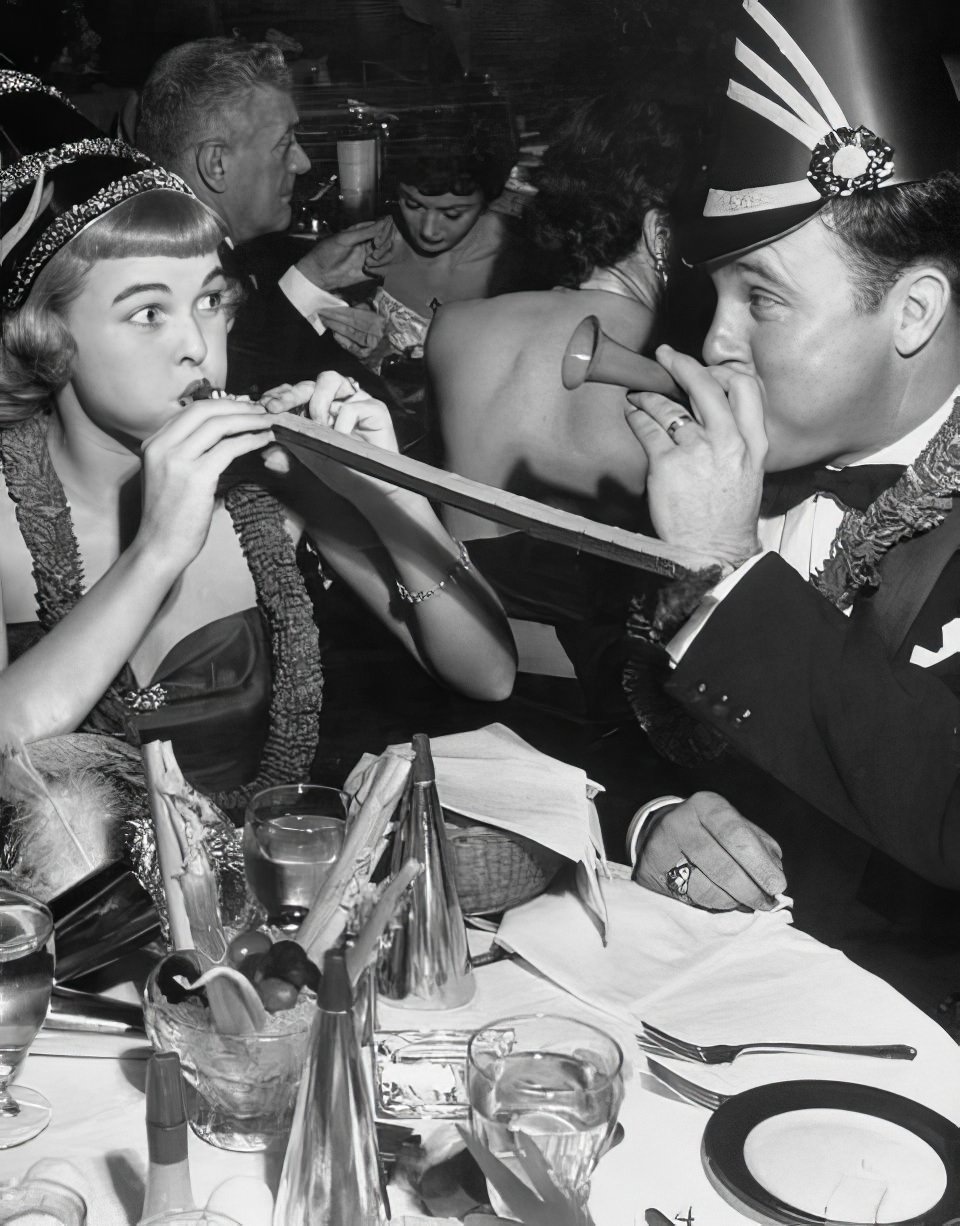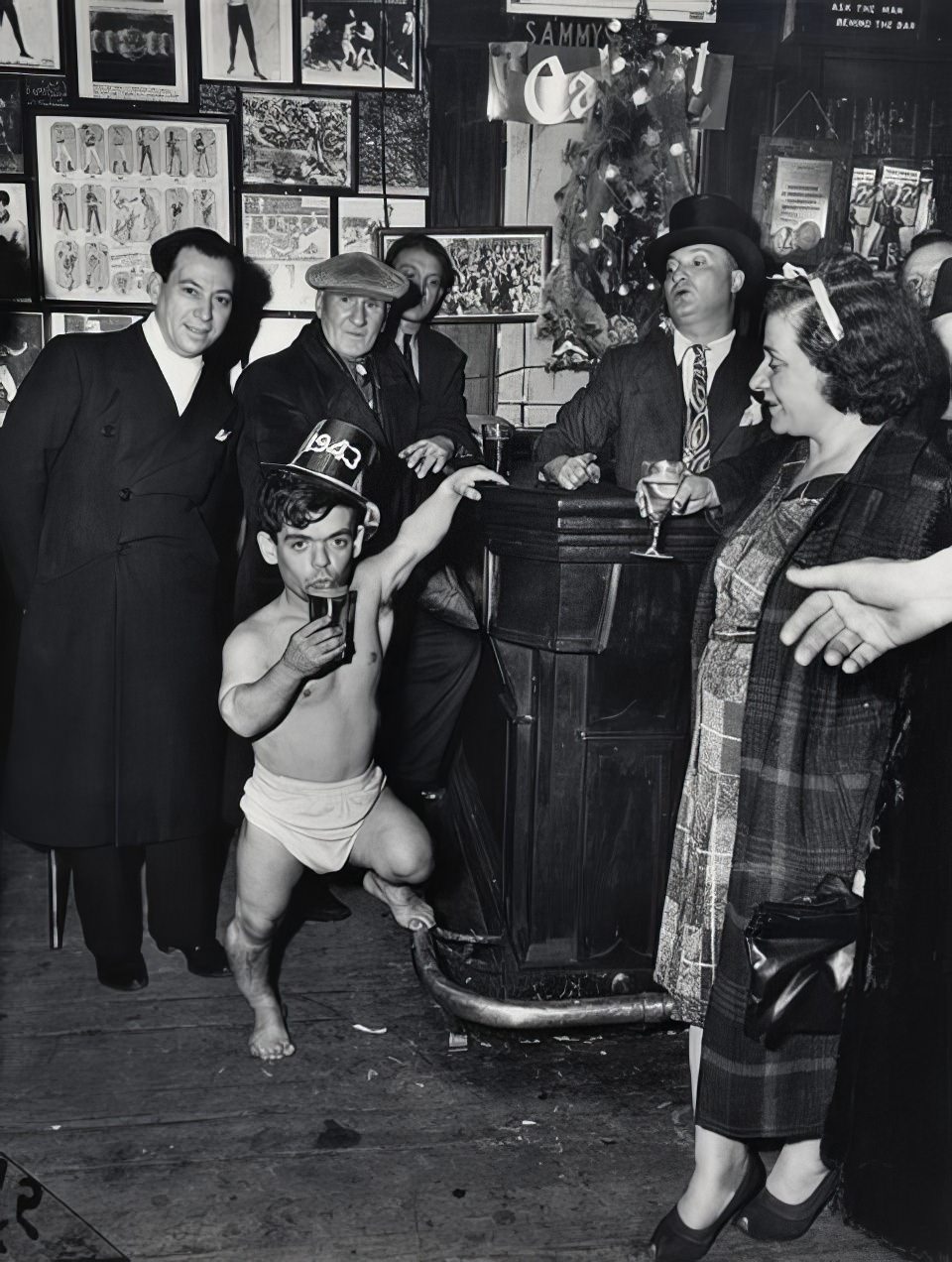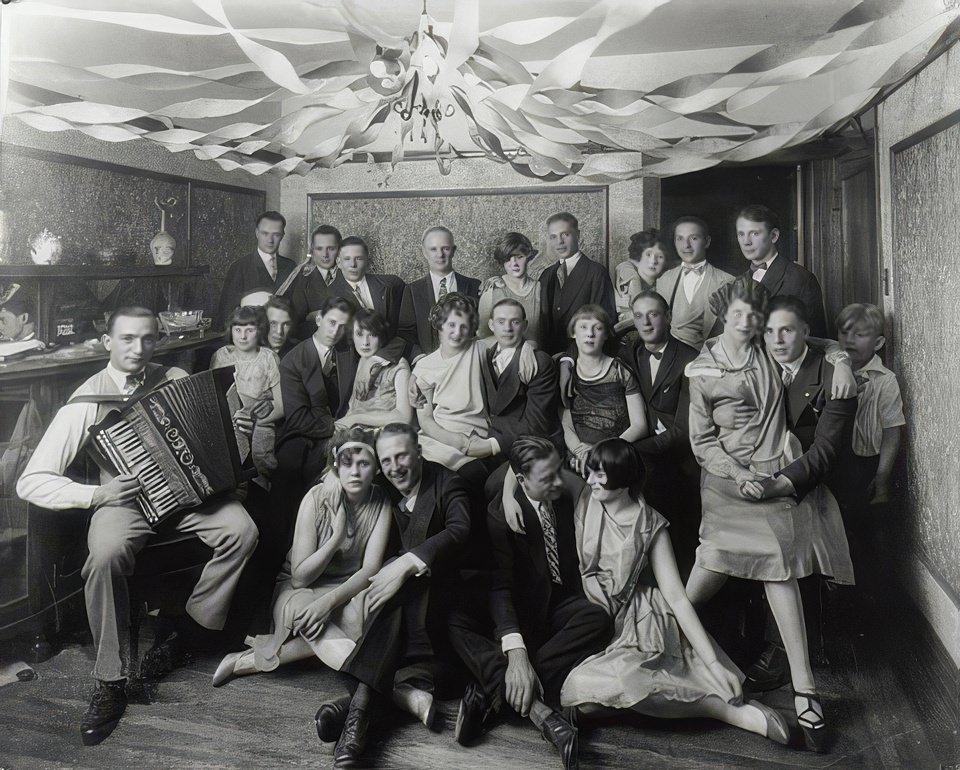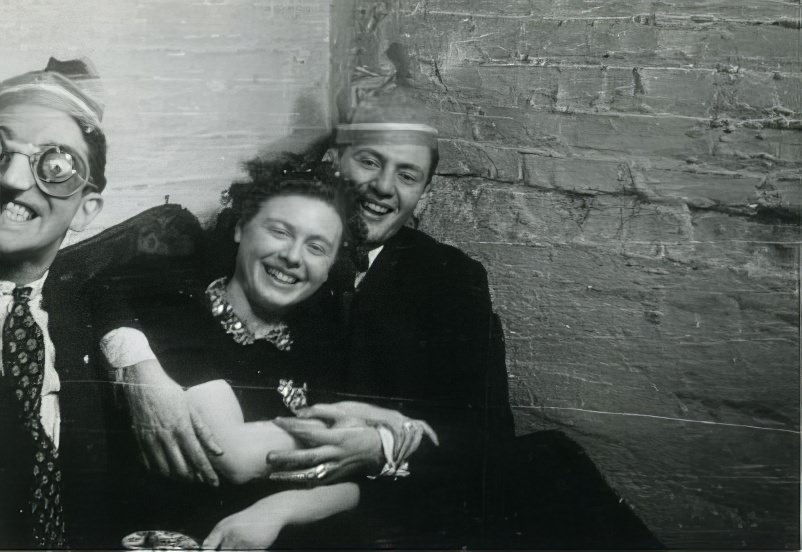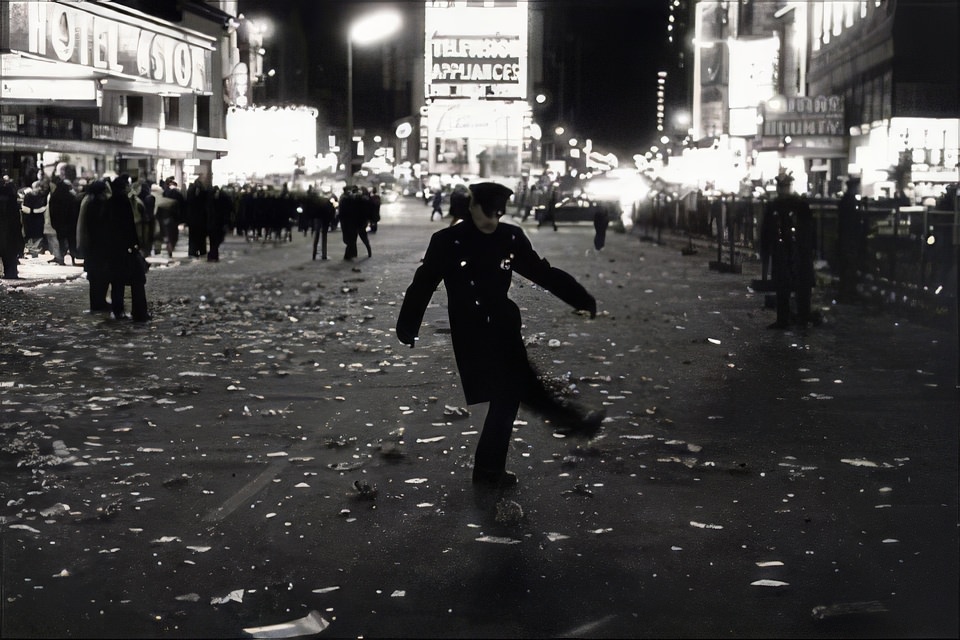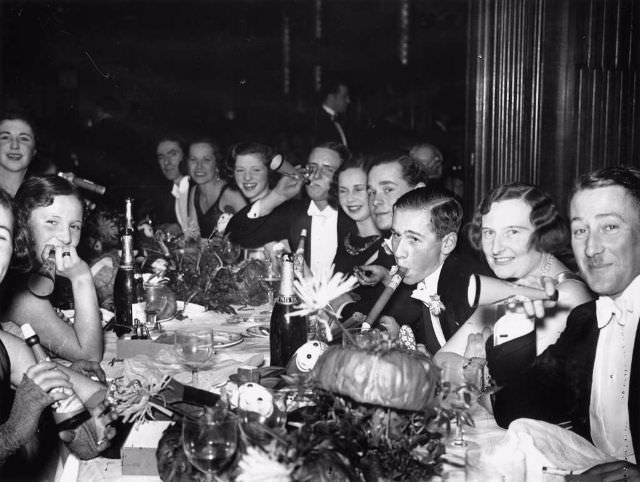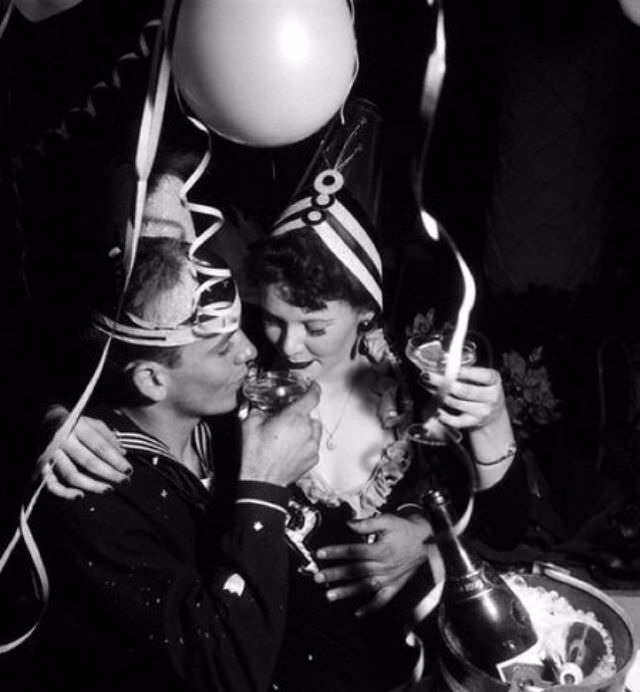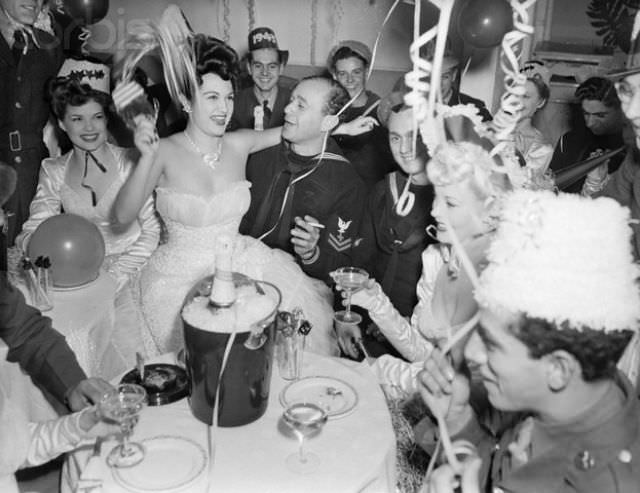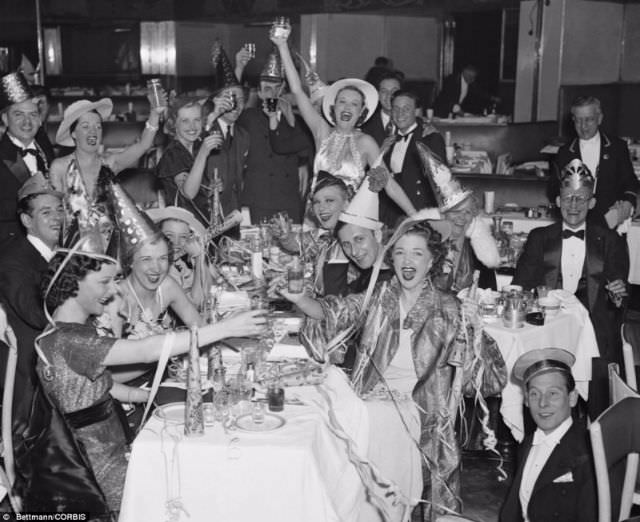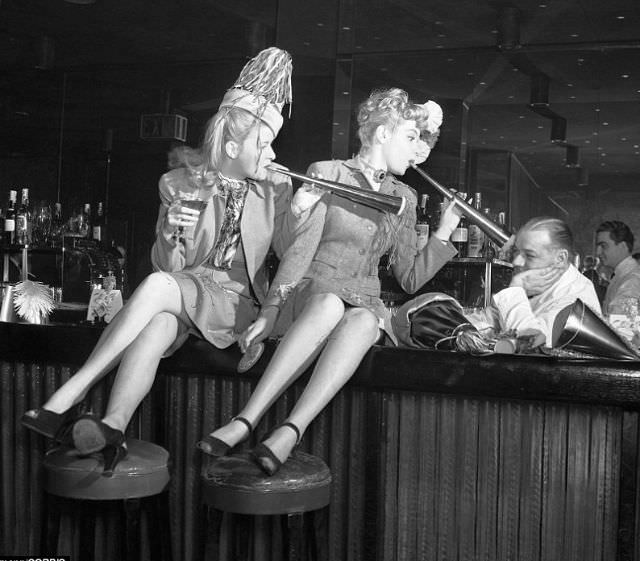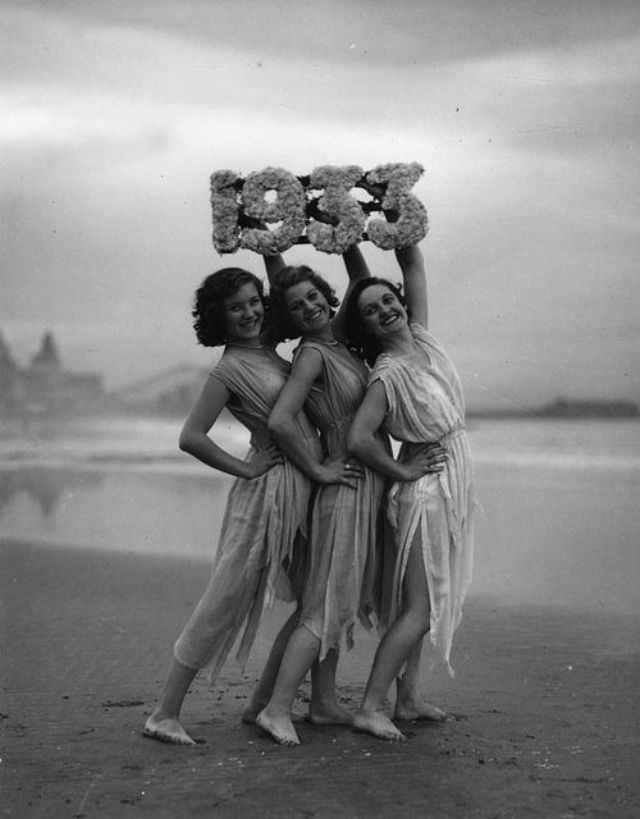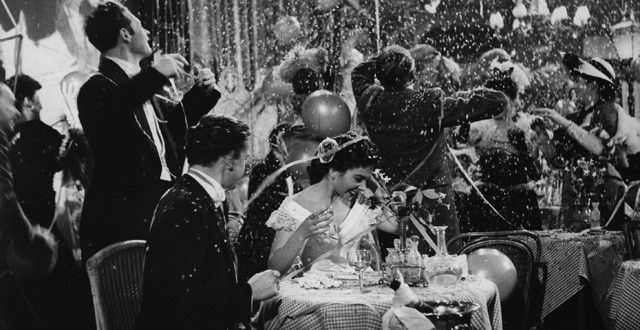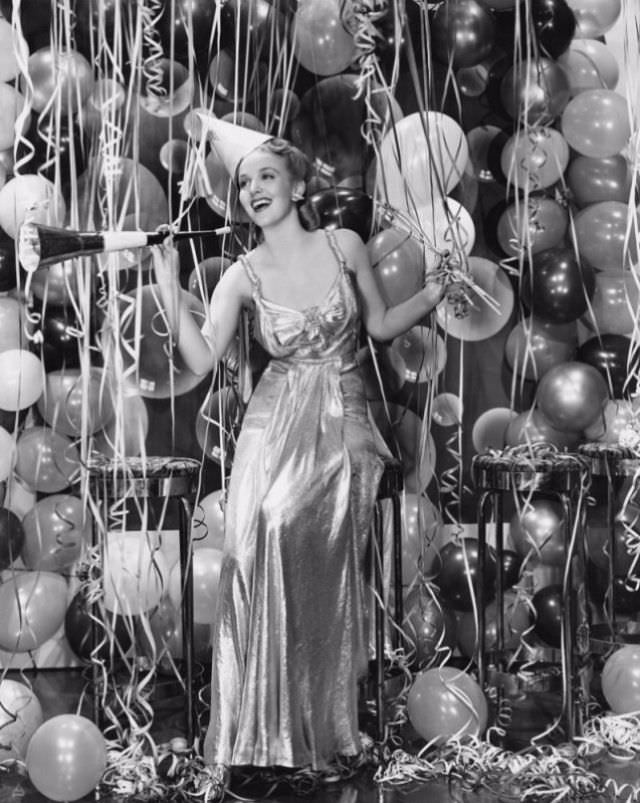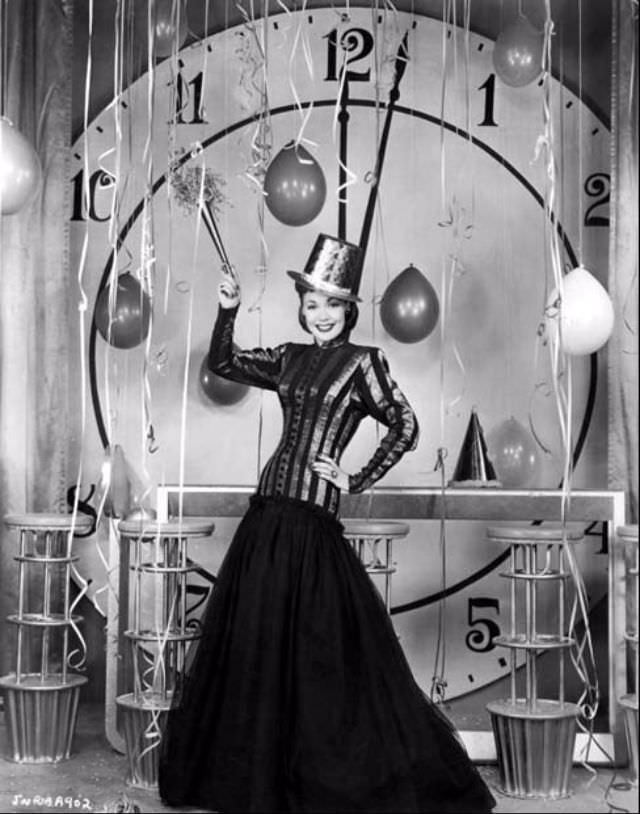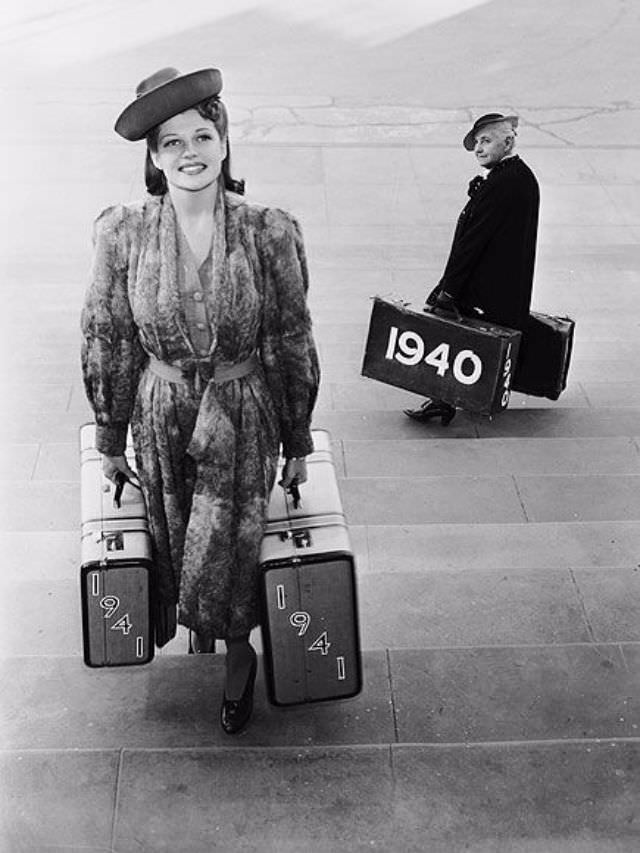The way people celebrate New Year’s Eve has changed a lot over time. Looking back at the late 1800s to the 1900s, we see some interesting shifts. These changes reflect how society, technology, and even fashion evolved. From intimate family gatherings to grand public spectacles, New Year’s celebrations have always been a special time. They marked a moment for reflection and hope.
In the late 1800s, New Year’s celebrations were often more formal and religious than today. Many people attended church services on New Year’s Eve or New Year’s Day. These services were a time for prayer and reflection. They were a way to give thanks for the past year and to ask for blessings in the new one. They were an important part of the holiday.
“Watch Night” services were particularly significant for African American communities. These services had roots in the Waiting for the Emancipation Proclamation on January 1, 1863. They were a powerful symbol of hope and freedom. They combined religious observance with the celebration of a new beginning.
For many families, New Year’s Day was more important than New Year’s Eve. It was a day for visiting friends and relatives. People would go from house to house, exchanging greetings and good wishes. This tradition was known as “calling.” It was a way to maintain social connections.
Read more
These “calls” often involved elaborate social rituals. People would dress in their finest clothes. They would present calling cards with their names engraved on them. Hosts would offer refreshments to their visitors. These visits were a significant part of the social fabric.
Food played a central role in New Year’s celebrations. Families often prepared special meals for New Year’s Day. These meals might include roasted meats, oysters, cakes, and other delicacies. The specific dishes varied depending on regional and cultural traditions. They were often made from scratch.
In some cultures, certain foods were believed to bring good luck in the new year. For example, eating black-eyed peas and collard greens was a Southern tradition. This was thought to bring prosperity. Eating lentils was an Italian custom with a similar meaning. These traditions were passed down through generations.
New Year’s Eve parties in the late 1800s were generally more subdued than today. They often involved parlor games, music, and conversation. Dancing might also be part of the festivities. These parties were usually held in private homes. They were a chance for people to socialize in a more intimate setting.
As the 19th century gave way to the 20th, New Year’s celebrations began to change. They became less formal and more focused on entertainment. The rise of new technologies, like electricity and the phonograph, played a role in this shift. They provided new ways for people to celebrate. They made parties more exciting.
In cities like New York, public New Year’s Eve celebrations became increasingly popular. People would gather in public squares to watch fireworks displays. They would cheer and make noise as the clock struck midnight. These gatherings were a way to share the excitement with others. They created a sense of community.
The first New Year’s Eve ball drop in Times Square took place in 1907. This event quickly became a major attraction. It drew large crowds and was covered by newspapers across the country. It soon became an iconic symbol of New Year’s Eve. It remains so to this day.
The early 1900s also saw the rise of nightclubs and dance halls. These venues offered a new kind of New Year’s Eve entertainment. They featured live music, dancing, and often, elaborate floor shows. They catered to a younger, more adventurous crowd. They became increasingly popular.
The invention of the radio also changed how people celebrated New Year’s Eve. Families could now listen to live broadcasts of music and festivities from around the country. This brought the excitement of New Year’s Eve into their homes. It created a shared national experience. It was a new form of entertainment.
The Prohibition era, from 1920 to 1933, had a major effect on New Year’s Eve celebrations. Although alcohol was illegal, many people still found ways to drink. Speakeasies, or secret illegal bars, became popular spots for New Year’s Eve parties. These parties had an added element of excitement and danger. They were very thrilling.
The 1920s, also known as the “Roaring Twenties,” were a time of great social and cultural change. New Year’s Eve parties reflected this spirit of change. They were often lavish and extravagant. They featured jazz music, dancing, and lots of illegal alcohol. They were a symbol of the era’s rebellion.
Fashion also played a role in 1920s New Year’s Eve celebrations. Women wore glamorous dresses, often with beads and fringe. The “flapper” style, with its short skirts and bobbed hair, was popular. Men wore suits and often sported stylish hats. New Year’s Eve was a chance to dress up and show off the latest styles. It was a fashion statement.
The Great Depression of the 1930s brought another shift in New Year’s Eve celebrations. Many people could no longer afford lavish parties. Celebrations became more subdued and focused on family and community. People found simple ways to mark the occasion. They made the best of what they had.
Radio continued to be an important part of New Year’s Eve during the 1930s. Families would gather around the radio to listen to music and special broadcasts. Guy Lombardo and his orchestra became famous for their New Year’s Eve performances. Their music became synonymous with the holiday. It was a comforting tradition.
The end of Prohibition in 1933 also had an effect on New Year’s Eve. People could once again legally buy and consume alcohol. This led to a resurgence of public celebrations. Bars and nightclubs once again became popular destinations. It was a return to normalcy for many.
World War II, which dominated the first half of the 1940s, had a major effect on all aspects of life, including New Year’s Eve. Many people were separated from their families due to the war. Celebrations were often more subdued and focused on hopes for peace. The war cast a long shadow.
In 1942 and 1943, the Times Square ball drop was canceled due to wartime dim-out restrictions. Instead of a brightly lit ball, a moment of silence was observed at midnight. This was followed by the sound of chimes. It was a reminder of the sacrifices being made. It was a somber moment.
After the war ended in 1945, New Year’s Eve celebrations began to return to their pre-war exuberance. People were eager to celebrate and put the hardships of the war behind them. The postwar economic boom also contributed to more lavish celebrations. There was a sense of optimism in the air.
The rise of television in the 1950s added another dimension to New Year’s Eve. People could now watch live broadcasts of celebrations from around the country, including the Times Square ball drop. This made the event even more popular. It became a national tradition.
The mid-1900s saw the growth of suburban America. Many families moved from cities to the suburbs. This led to a rise in home-based New Year’s Eve parties. These parties often involved family, friends, and neighbors. They were a reflection of the changing social landscape. They were more intimate gatherings.
New Year’s Eve parties in the mid-1900s often featured a mix of music, dancing, and games. Popular dances included the Twist, the Mashed Potato, and the Watusi. Party games, like charades, were also common. These activities provided entertainment and helped guests to mingle. They created lasting memories.
Food at mid-century New Year’s Eve parties often included appetizers, cocktails, and desserts. Fondue became popular in the 1960s. It was a fun and interactive way to serve food. Dips, chips, and other finger foods were also common. They were easy to eat while socializing.
Fashion at mid-century New Year’s Eve parties ranged from formal to casual. Some people dressed up in their finest clothes, while others opted for more comfortable attire. The specific dress code depended on the type of party and the host’s preferences. There was a wide range of styles.


